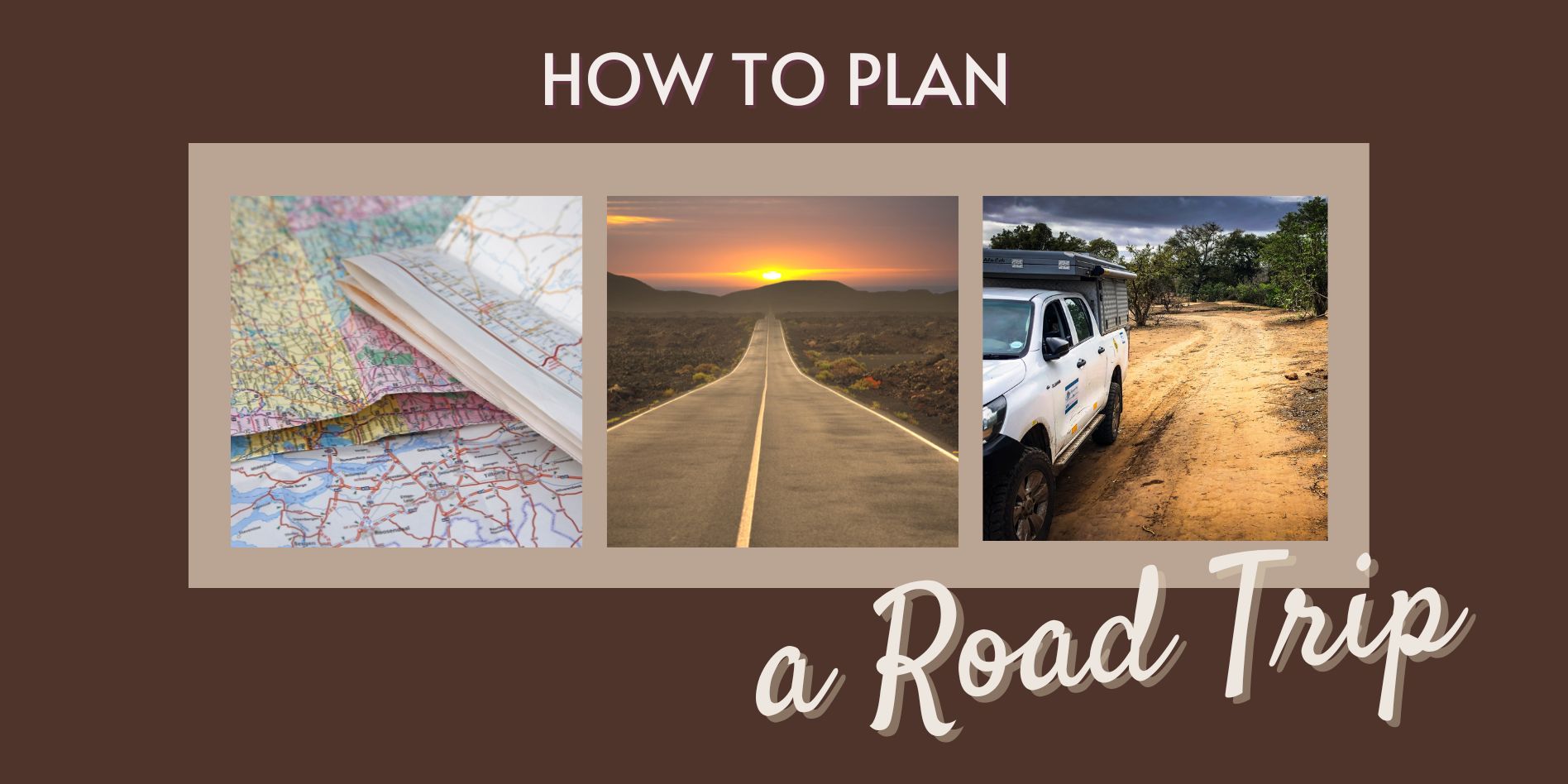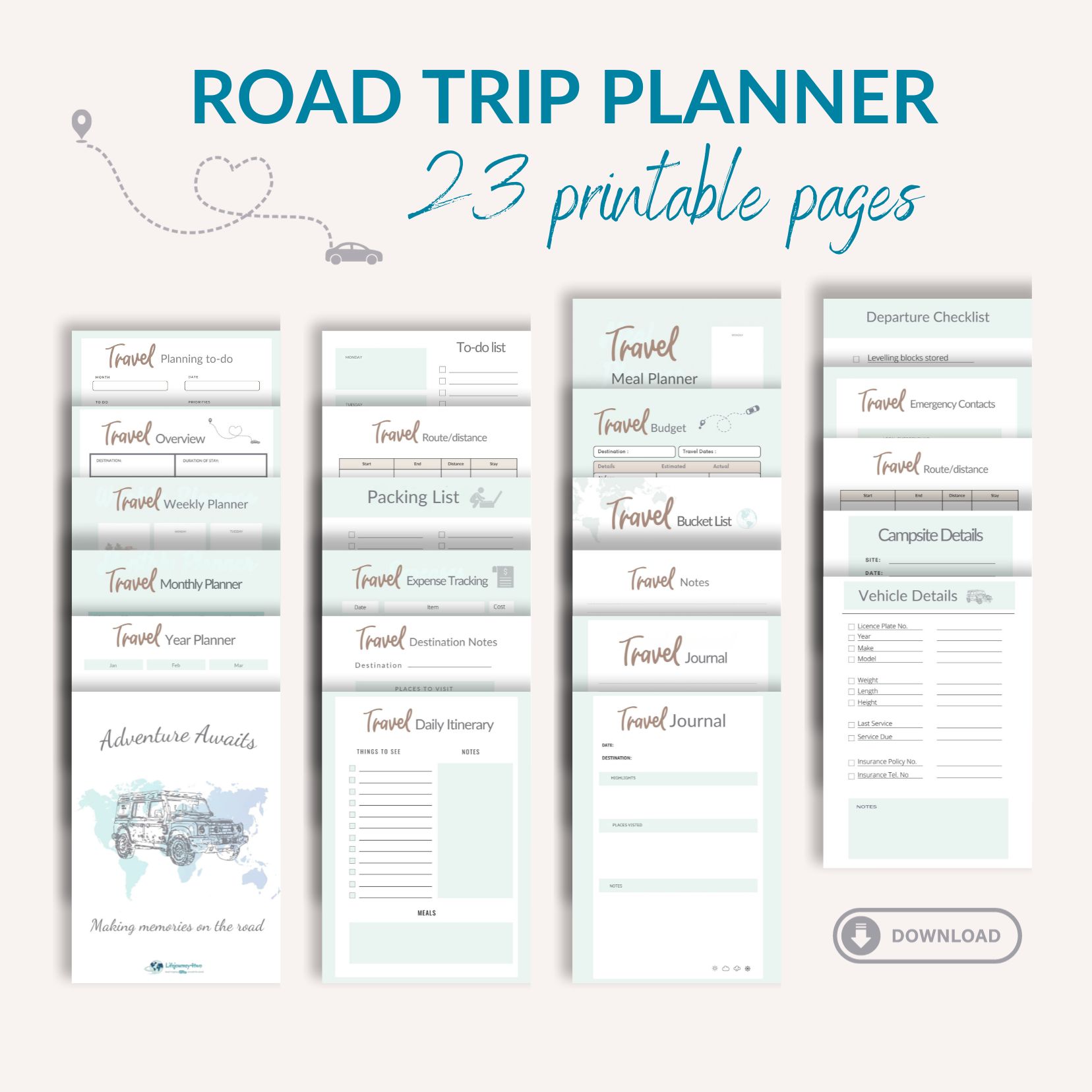Ever wondered how each road trip can turn into a story worth telling?
We’re here to show you how.
In this definitive road trip planning guide, we cover everything you need to know to make your journey memorable and stress-free.
Since 2017, we’ve been travelling together on countless road trips, picking up invaluable tips along the way. We’ve become experts in planning unforgettable journeys.
From the winding roads of Europe in a campervan to the rugged trails of Botswana’s wilderness and from the volcanic terrains of Iceland to the lush green countryside of Ireland, our journeys have taken us through a kaleidoscope of landscapes.
We’ll help you set achievable goals, ensure your vehicle is road-ready, and prepare for the unexpected, ensuring you’re well-equipped for your adventure.
Your Road Trip Planning Essentials
- Assessing Your Road Trip Goals: Align your ambitions with reality and prepare accordingly.
- Vehicle Considerations: Choose the right vehicle for your adventure, considering various terrains.
- Route Selection & Travel Companions: Decide on your travel style, whether meandering or direct and consider the dynamics of travelling alone or with others.
- Balancing Your Schedule: Ensure not to pack too much into each day for a relaxing experience.
- Overnight Stops Planning: From pre-booked accommodations to wild camping, plan your nightly stops.
- Preparing for the Unexpected: Anticipate potential challenges and have emergency plans in place.”
How to Plan a Roadtrip
Our road-tripping adventures have taken us from the icy chills of Nordic winters to the sun-kissed Mediterranean coasts, from the stark contrasts of African savannas to the historical richness of Central European towns.
We’ve been behind the wheel of various vehicles, from 4WDs to motorhomes. Each terrain and climate presented its unique challenges and adventures. These experiences have been instrumental in shaping our road trip planning strategies.
We’ve gathered invaluable insights with each journey, which we’re excited to share.
Let’s delve into these practical tips and ensure your road trips are stories worth telling.
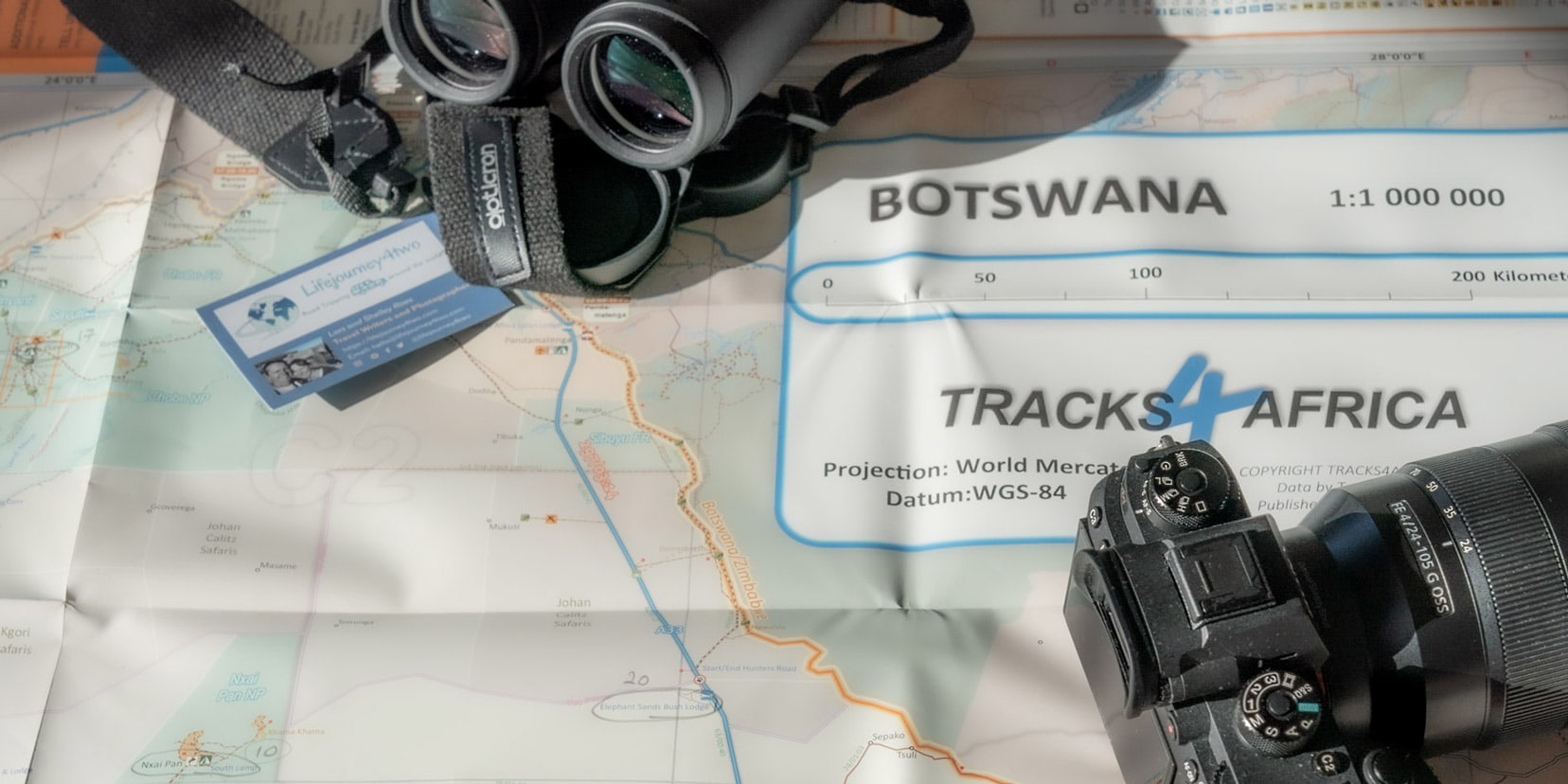
⭐️ Planning a Road Trip?
- 🚗 CAR HIRE: We recommend getting a quote from DiscoverCars
- 🚐 CAMPERVAN HIRE We recommend Motorhome Republic
- ⛑ TRAVEL INSURANCE: Compare quotes from World Nomads & Safetywing
- 🪪 DRIVING OVERSEAS? International Driver’s Licence online here
- 🐾 PET CARE: Is someone pet-sitting for you? 🐾 We use and love TrustedHousesitters
(Get 25% off at checkout for new memberships with our discount code: LIFEJOURNEY25)
Everything You Need to Know About Road Trip Planning
Here, I walk you through everything you need to know for planning a road trip, starting with some basic questions to ask yourself and then following on with more specific details.
1. Are Your Road Trip Plans Realistic?
Could your ambitions outweigh the reality?
This is absolutely fine. I mean, this is why we plan in the first place, to be clear about what needs preparation to make your trip successful.
For example, you may want to self-drive on an African safari but are not confident driving in the likely tough 4×4 off-road conditions.
Do you proceed to drive the safari anyway, knowing your skill set is way below what it needs to be? Or do you make the decision to complete a 4WD driving course first to upskill yourself?
The initial planning phase will help you realise how to make your road trip a reality.
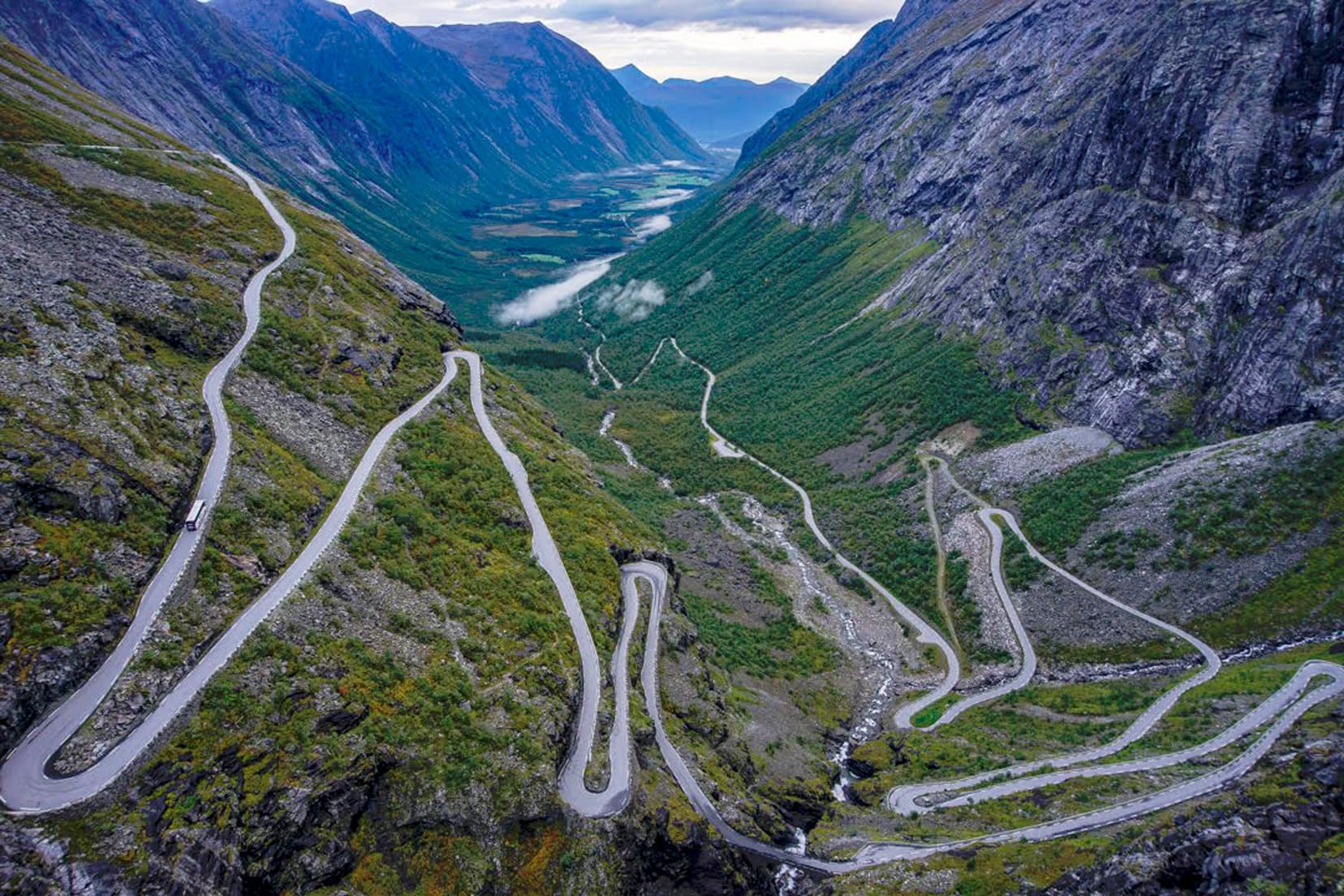
🔎Looking for some Road Trip Quotes for inspiration? Jump over to our collection of the best Road Trip Quotes and Captions to motivate you on your next journey.
2. Are you Travelling Solo or with Others on your Road Trip?
Making decisions as a solo traveller means you won’t have to agree on any decisions. Otherwise, if you have travel companions, you must collaborate on your road trip plan details.
Sometimes, discussing the plan with others can offer different perspectives and ideas you may not have considered.
We’ve road-tripped as a couple, pretty much 24/7, for years now and have learnt a thing or two about making compromises and getting along when things aren’t always going to plan.
3. Consider Factors That Can Impact Your Travel Time
Are you a traveller who likes to meander during road trips, taking in as many sights as possible?
Or are you focused solely on the destination and prefer the most direct routes? Perhaps you are a mixture of both.
Regardless, these are the factors that may impact your road trip planning route selection and travel times:
- Available travel time
- Travelling with kids
- Your general fitness and that of your travel companions
- Type of vehicle you are driving on your road trip
- Distance between stops
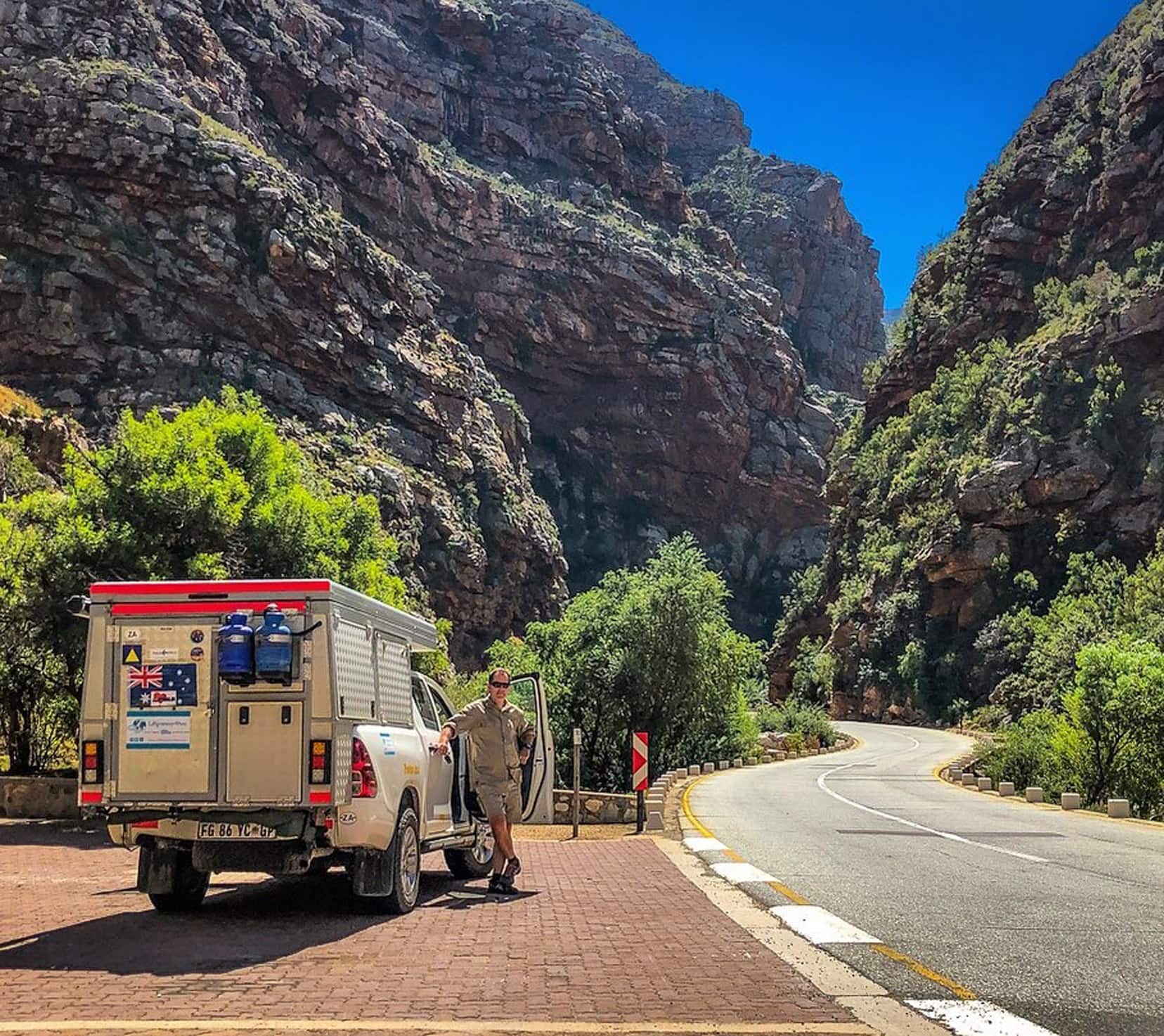
4. Don’t Pack Too Much into One Day
Remember to factor in downtime in your road trip planning. Sure, it’s exciting to see as much as possible, but bouncing from one stop to the next on the clock is not relaxing.
Personally, we are not fans of the bounce. We prefer, instead, to adhere to the mantra of enjoying the moment.
Choose a pace that isn’t too hectic to keep the smiles on the dial.
If you are overwhelmed, you may need to tweak that tight schedule. We’ve learned the hard way after being exhausted on a few jam-packed road trips.
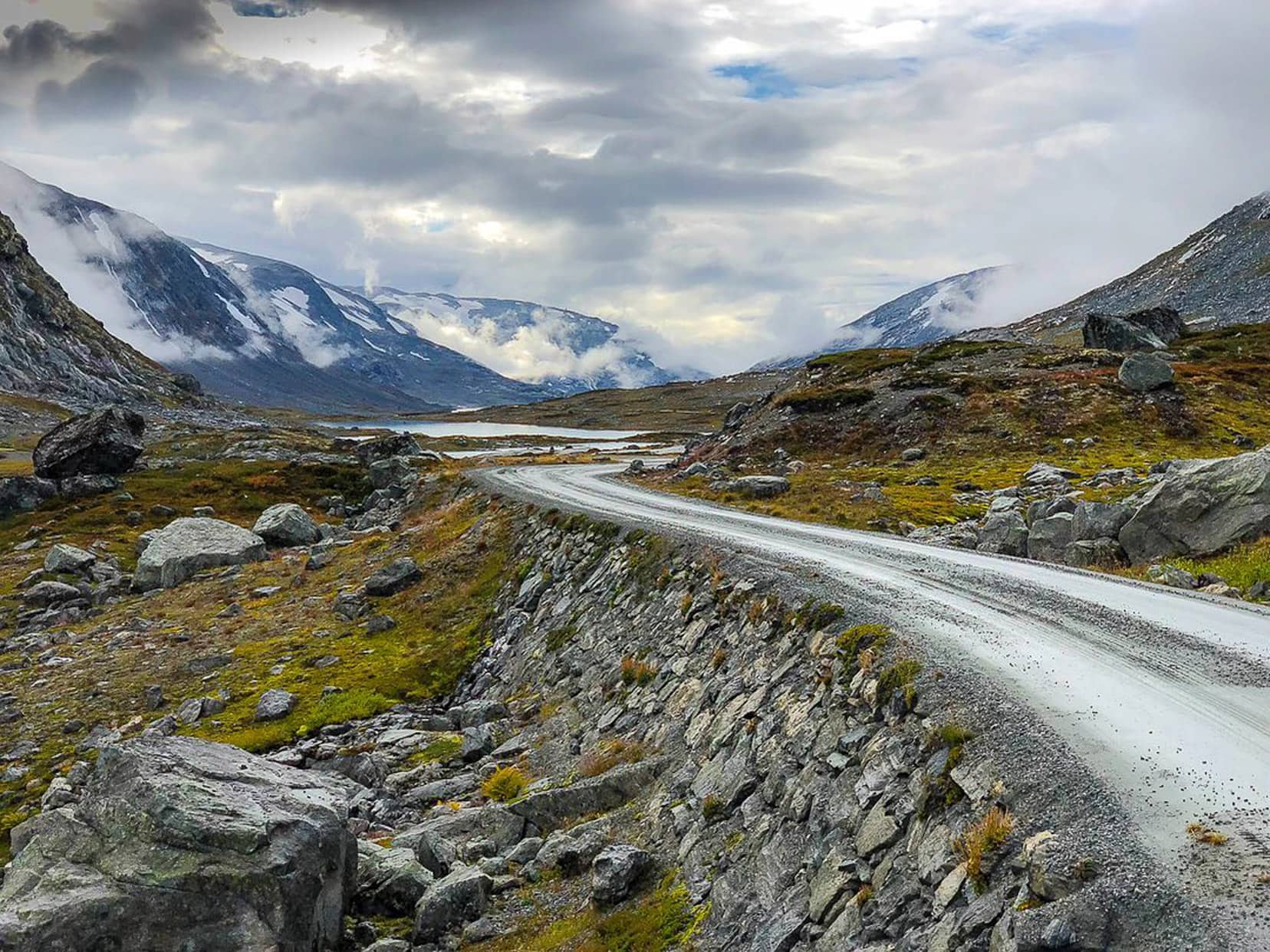
5. Plan Your Road Trip Overnight Stops
For many, booking accommodation in advance will probably make you feel more comfortable. Knowing where your head will hit the pillow that night is just one less thing to concern you.
However, wild camping may be an easy last-minute decision if you’re a free spirit.
We might not have planned the specific location where we will stay overnight, but we always have at least a good idea of the general area where we will stop.
Part of the road trip planning process is knowing travel distances and times, which gives you an accurate idea of possible overnight stops.
Camping Apps
During our year-long Campervanning in Europe road trip, we extensively used the Campercontact app. It provides comprehensive campsite information across many countries. It’s possible to test the app yourself with a free access option or jump in with a Pro-level subscription.
Another campsite app we used, but not so frequently and in tandem with Campercontact, was Park4Night. This app covers global locations but focuses more on Europe, the UK and the Americas.
Additionally, some travellers use the Pitchup app, which includes campsites in the UK, Europe, and the US.
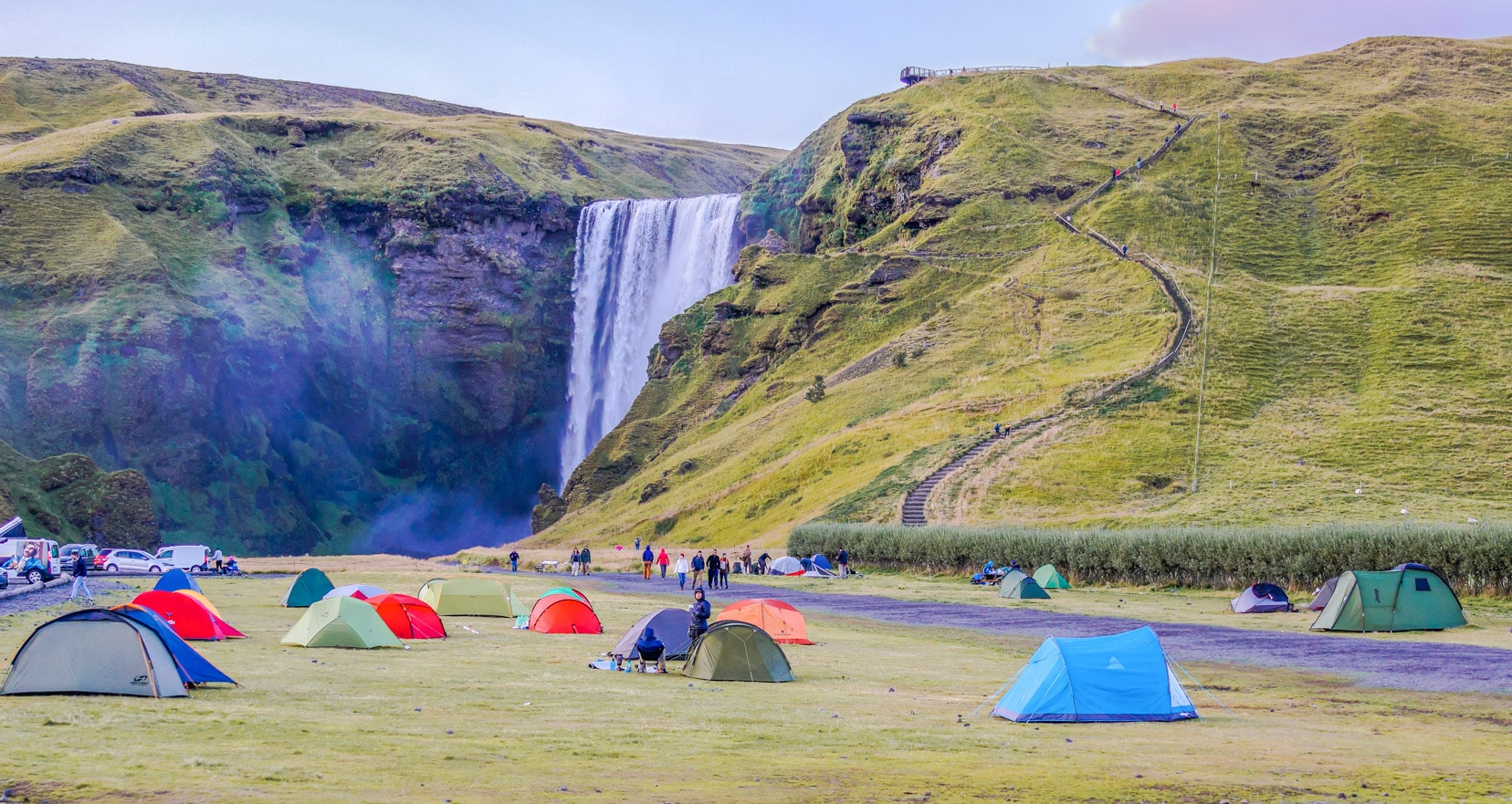
6. Plan for the Unexpected
Plan for what may happen.
I believe in thorough road trip planning and looking at what could go wrong. I’m not negative in any way, but I prefer to plan for the worst and hope for the best.
Here are some initial considerations to get the ball rolling (I will go into more detail later in this article): vehicle maintenance, spare parts, driver fatigue, mobile network signal, the distance between stops, driving route selection and general road condition.
Have paperwork to hand in the case of emergencies, such as breakdown numbers, insurance details, etc. You don’t want to be scrabbling around trying to find them when you are already in a pickle.
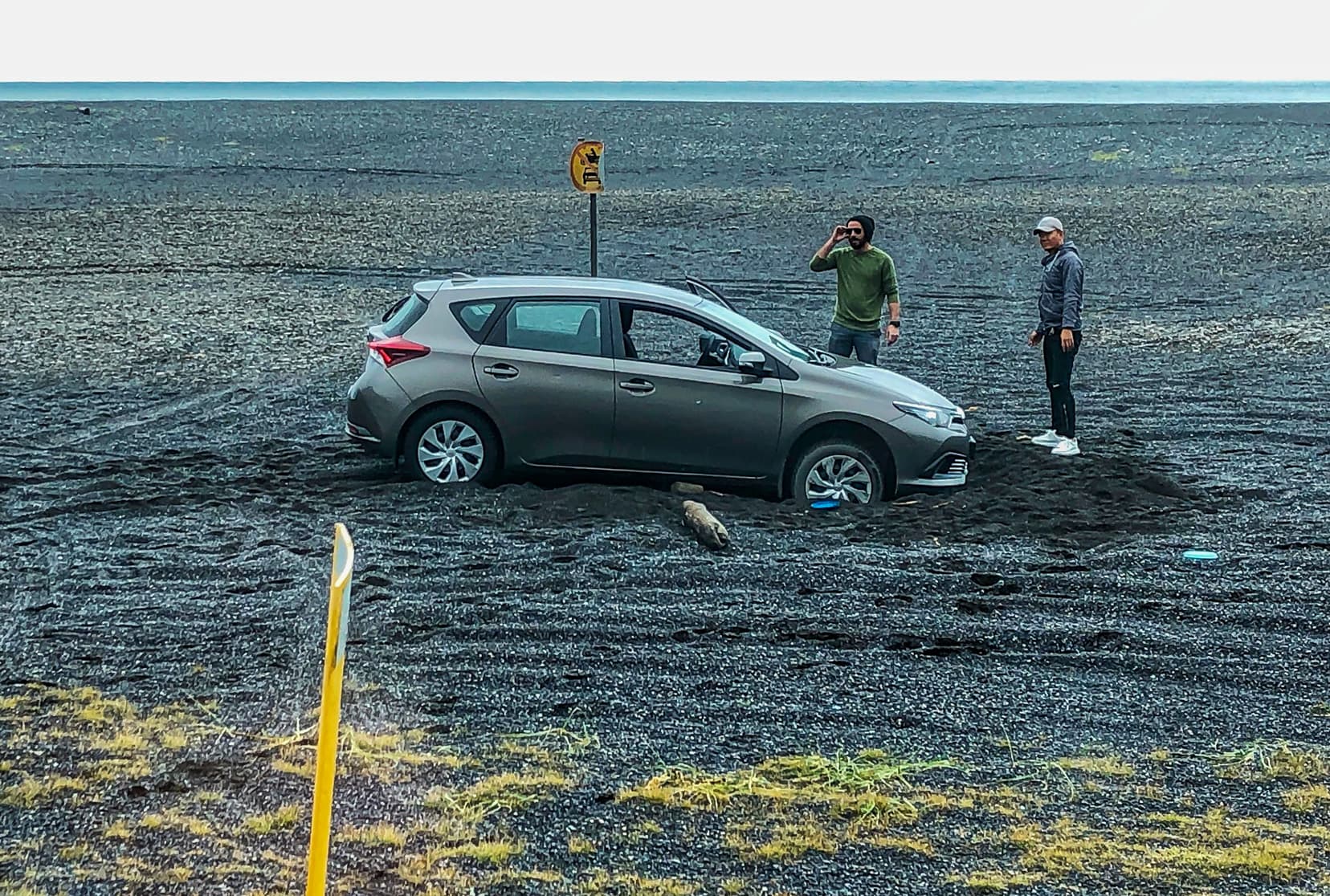
7. How to Plan Your Road Trip Route
Depending on what you are comfortable using, you can plan your road trip route using digital apps or paper maps. I use both in tandem.
How to Plan a Road Trip with Google Maps
Google Maps is popular and makes it easy to plan a road trip when not going off-road.
The benefit of Google Maps for road trip planning:
- It finds the quickest route to a destination based on your user-defined settings
- Can display a route that avoids motorways, tolls and ferries
- It is easy to add additional stops when building your intended route
- Has real-time handy route information and displays traffic congestion and the total trip time
- Route navigation can work offline, but it will not update real-time route information without a network connection
Other Navigation and Road Trip Apps
Mobile phones are helpful; even the basic models have built-in GPS, allowing you to pinpoint your position.
Useful mobile phone navigation trip planning apps available for download include those requiring a mobile signal to update and those not.
These two apps require an active mobile network signal:

Apps that work offline and do not require an active mobile network signal to update position and route information often require a particular map area to be downloaded first.
This map area will be available later when there is no network signal.
Popular apps are:
- Maps.me (our off-line navigation map of choice)
- Mapy.Cz (similar to Maps.me but also offers a handy topographical overlay)
- Tracks4Africa (we have Tracks4Africa loaded on our tablet, but obviously, this app is applicable only to the African continent). If all fails on the digital front, we always carry our Tracks4Africa paper maps.
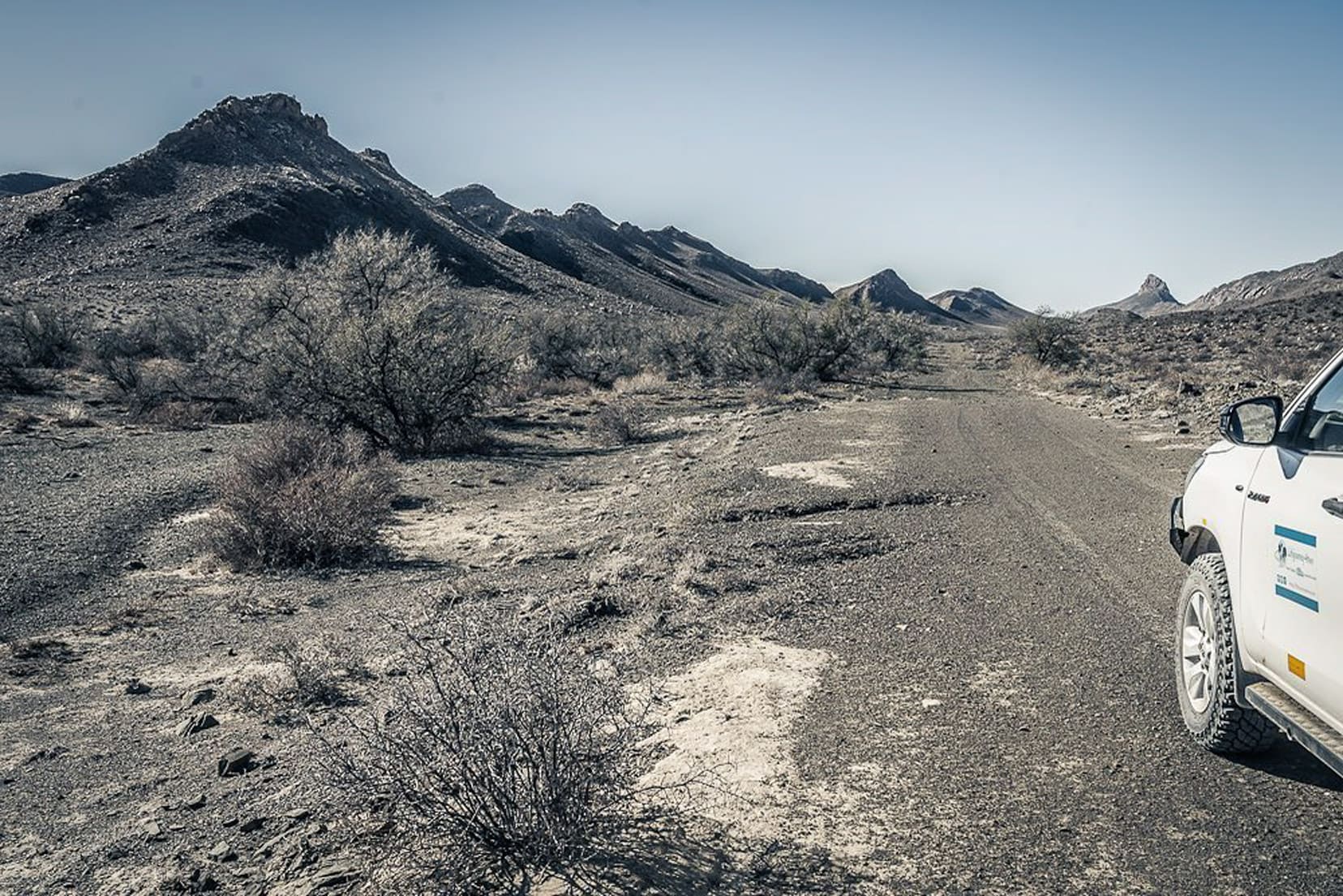
8. When to Plan a Road Trip
If we know the places we want to visit are popular with tourists, we plan our road trips outside of the peak season.
This off-peak or shoulder season travel usually means cheaper accommodation with more choice and availability. Also, it won’t be too busy with other tourists.
However, The busier travel periods normally align with the best seasonal weather and school holidays. So if you are after the weather, or need to take a trip with the kids, just be aware that prices may be more expensive and you will need to book accommodation well in advance.
Whatever time of year you take your road trip, consider the weather conditions you may be driving in.
Ensure you have a suitable vehicle for the type of weather and expected road conditions en route.
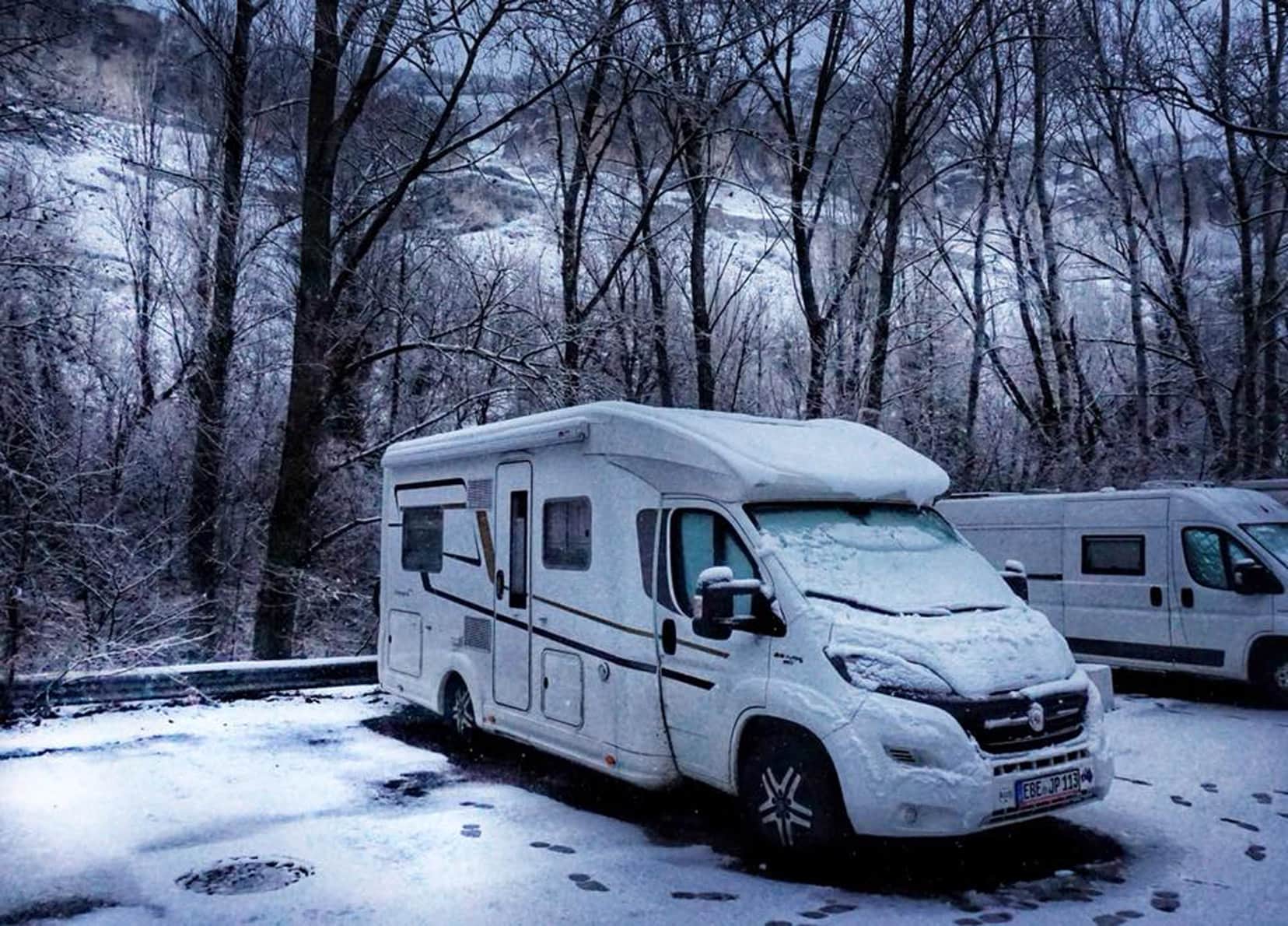
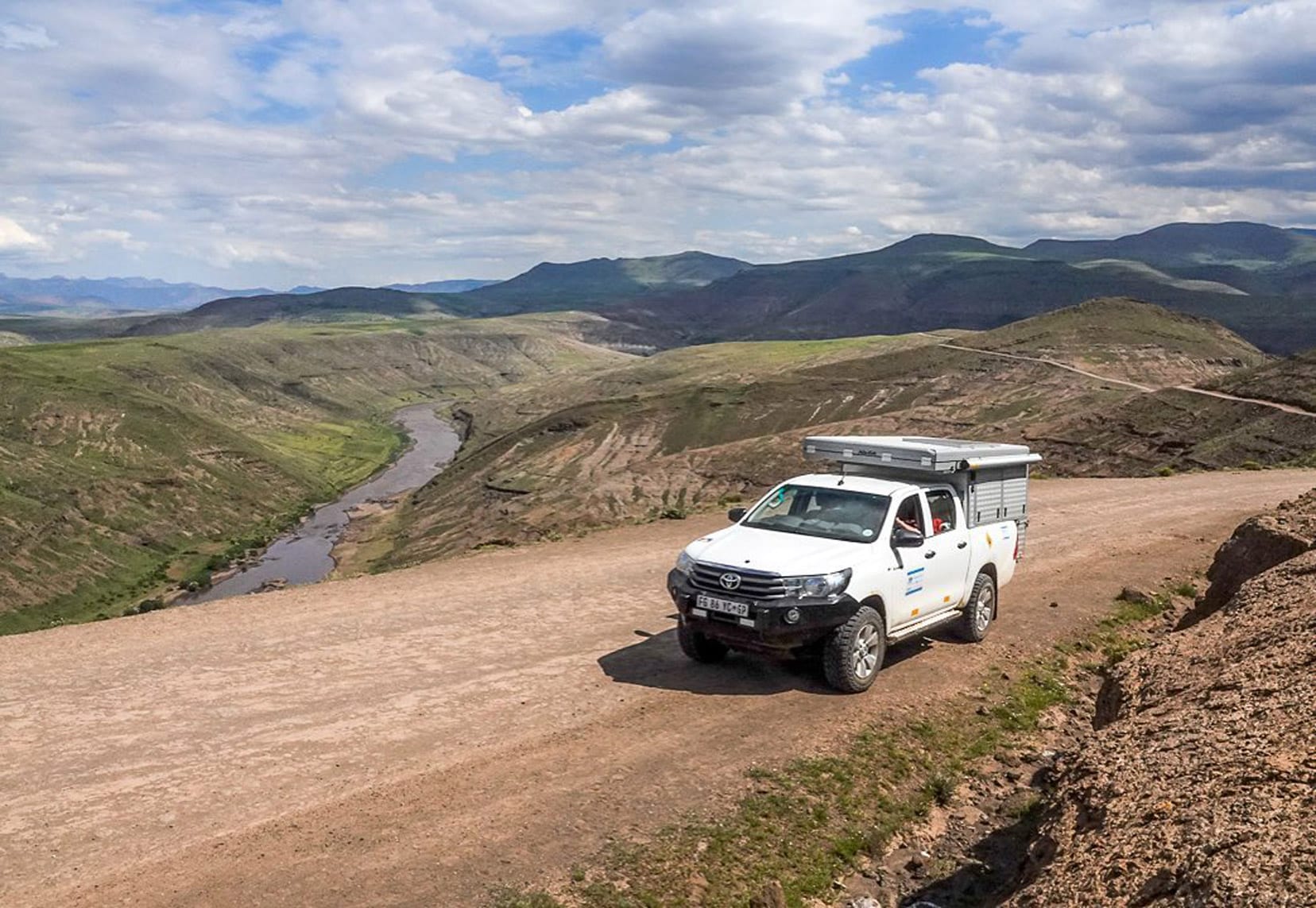
9. How to Plan a Road Trip on a Budget
A road trip will require a budget. As long-term travellers, we need to budget carefully by travelling cheaply and always search for the best deals, trying to squeeze the most from each dollar.
Here are our top six tips on how to road trip on a budget:
1. Find the Best Car or Camper Hire
🚘 If you want to hire a car, then we recommend DiscoverCars.
- They are winners of the World’s Best Car Rental Booking Website
- They have a Price Match Guarantee.
- 4.5 Rating on Trustpilot
- Free Cancellation
Hiring is a good option if you don’t already own the vehicle.
Or, if you want to travel by motorhome or camper, hiring rather than buying a camper can be more economical.
During our year-long campervanning in Europe road trip, we chose to hire a motorhome for the year.
We used Motorhome Republic for our 12-month camper hire in Europe, and not only was the customer service excellent, but they were able to find us better offers than when we approached the individual rental companies ourselves.
2. Make a List of Expected and Known Expenses
Your road trip budget should include the obvious vehicle hire costs (if applicable), fuel, accommodation, parking and food.
It’s good to write this down and not just keep it in your head. Our road trip planner has plenty of useful pages to help you do this.
⭐️ Download this free travel planner to help you.
3. Find Cheap Accommodation
Where it is legal and safe, consider wild camping to avoid paying accommodation costs.
Other cheap overnight options, such as back-packer hostels or free options such as couch surfing.
Our favourite way to save money on accommodation though is house sitting.
Our longest house-sit was a 9-month chateau-sit in a Dordogne village in France.

We have saved thousands using the global network of opportunities that TrustedHousesitters offer. No money changes hands, and it’s the perfect way to combine our love of animals and travel.
🐾 🐈⬛🐕 We have been using TrustedHousesitters for over five years, and in that time, we have saved over $50,000 in accommodation fees.
👉 Sign up today and start saving!
(Get 25% off at checkout for new memberships with our discount code: LIFEJOURNEY25)
House owners give us a free place to stay whilst caring for their pets. In return, we have our animal fix and a place to stay at a destination that we want to visit.
4. Prepare Your Own Road Trip Food
Preparing your own food while on your road trip is one of the best ways to save money. It also allows you more freedom to eat what you want, and you won’t need to search for places to eat.
Obviously, this will be easier if you are in a camper, as you’ll likely have cooking facilities and cold storage on board.
If you are travelling by car, consider having cool storage such as this 24 Litre Cool Box Portable Thermoelectric Electric Car Cooler
We don’t eat out as a rule—it’s unnecessarily expensive, and we can use that money for more travel.
5. Search Facebook Groups
Facebook groups are more than just social spaces; they’re treasure troves of road trip wisdom.
By joining travel and road trip-focused Facebook groups, you can tap into a community of experienced travellers.
Here, members share inspiration and practical advice, from hidden gems to avoidable pitfalls. You can seek suggestions for routes, accommodations, budget tips, and even local delicacies to try.
Engaging in these groups enhances your planning with real-world advice and connects you with people who share your passion for road trips.
6. Grab a Travel Friend
Road trips with friends aren’t just fun; they’re smart, too!
Teaming up with a buddy or a group can make your journey more enjoyable and economical. Friends can share driving duties, reducing driver fatigue and making the trip safer.
Financially, splitting fuel, food, and accommodation costs can significantly lower expenses per person.
More than that, a travel companion brings shared experiences, creating memories that last a lifetime.
For the smoothest and most enjoyable journey, just be sure to choose a friend whose company you enjoy and whose travel style matches yours.
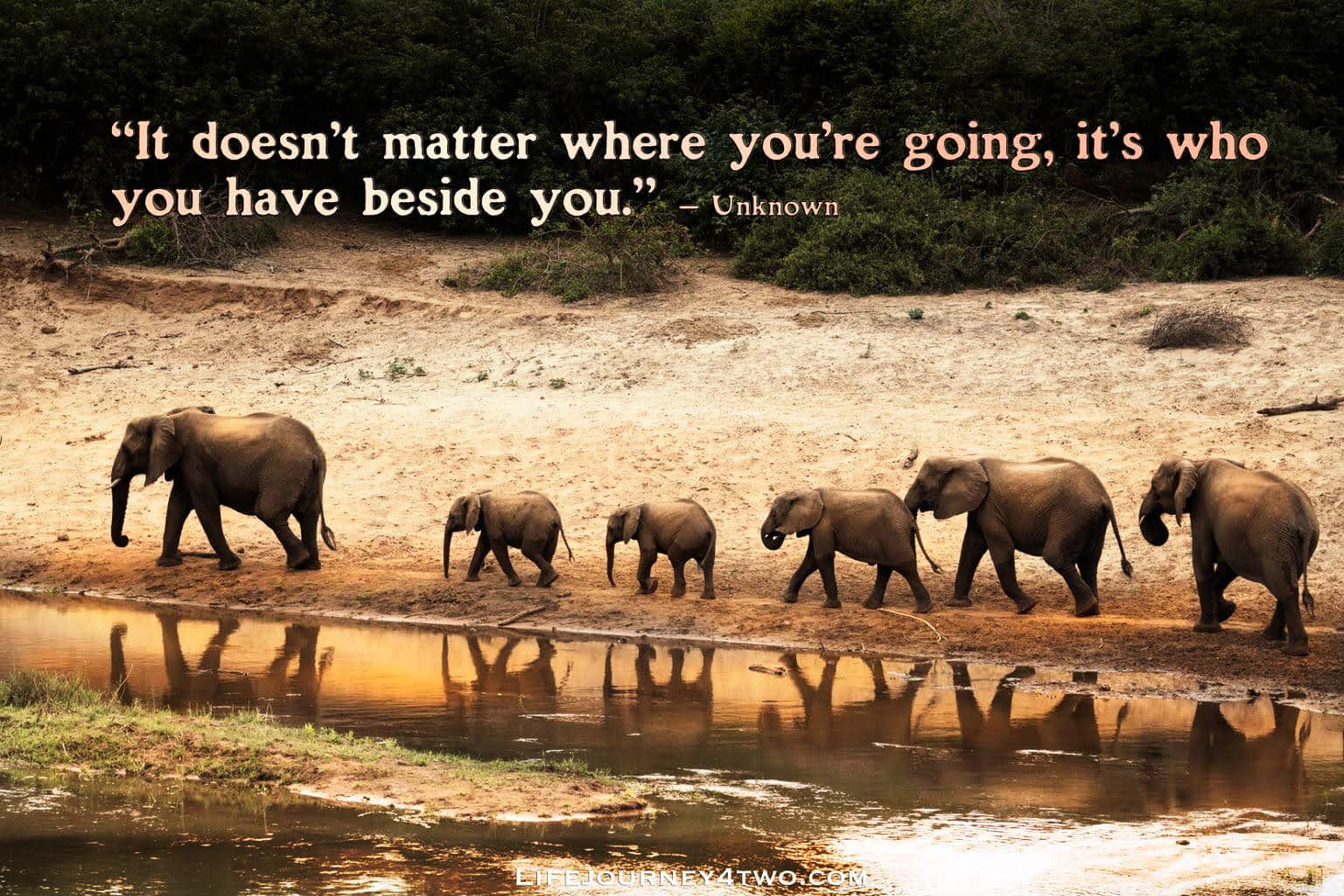
10. How to Plan Things to See on Your Road Trip
So, you have committed to the road trip, know your destination, and narrowed down some ideas for your overnight accommodation. Next, you must plan things to see and do on your road trip.
Your interests might include hiking in national parks, museum visits, watching life go by from the best cafes, photographing wildlife or enjoying scenic drives.
The list is extensive, but whatever you choose, enjoy it.
Below are five recommendations where you can find useful information on things to see on your road trip:
1. Contact Tourist Information Centres
Tourist information centres have the latest up-to-date information. Often, you can source brochures and are able to talk to someone knowledgeable about where you intend to visit.
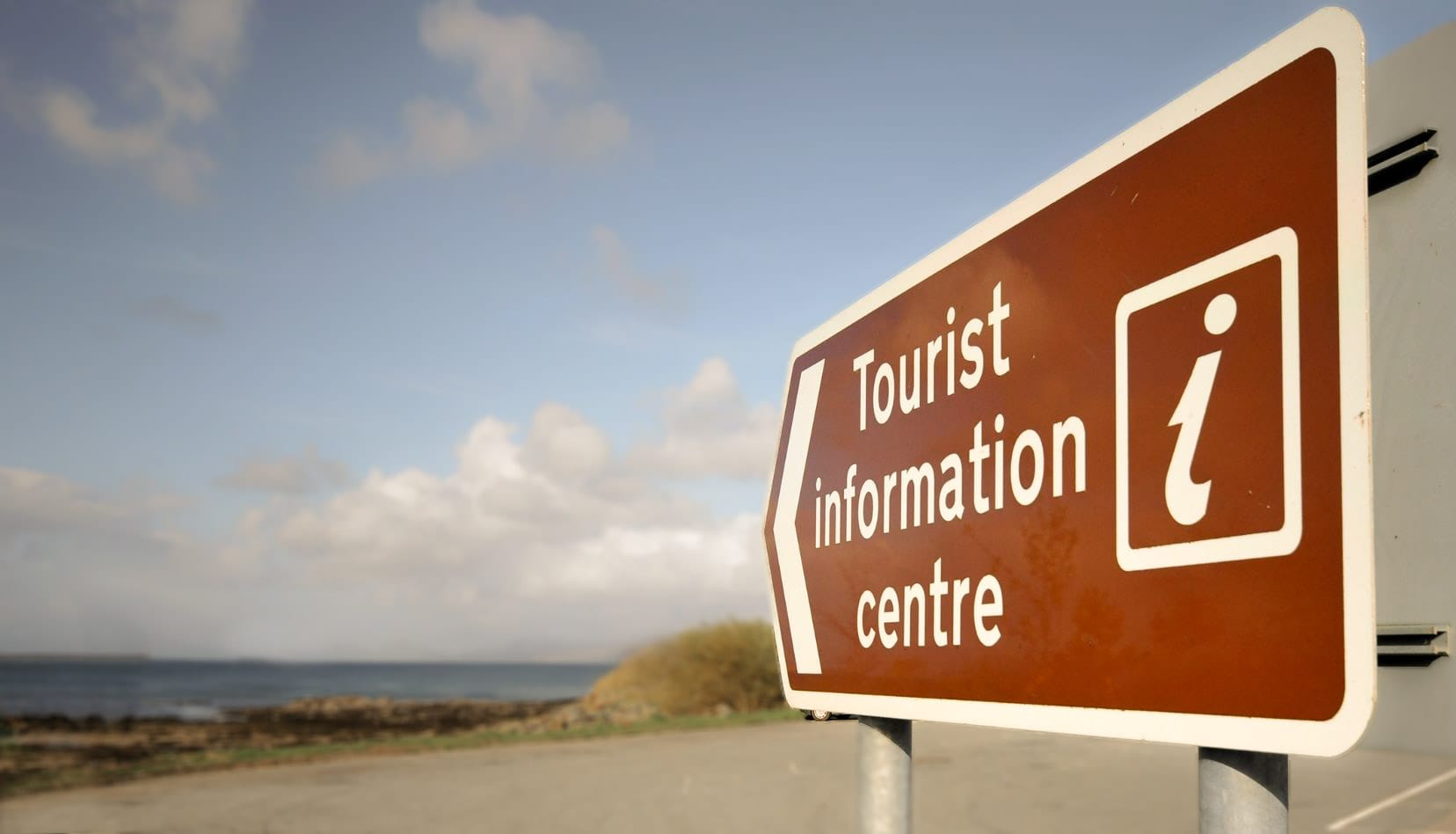
2. Get-Your-Guide
This website offers a wide range of excursions, activities and tickets for an area. Even if you don’t book a tour, it’s a great place to look for ideas.
Check out GET YOUR GUIDE here:
3. Geocaching
Geocaching – ever heard of it?
In short, Geocaching is a global treasure hunt.
A person seeks a hidden object, a geocache, using a mobile phone’s GPS position to locate a cache’s position. These caches can vary in size from the length of your fingernail to the size of a lunch box.
Caches contain a paper log in which to write your name, and the app allows you to register the find. The great part of all this is that the cache is often placed in a location with some significance.
It might be a fantastic view, a structure of historical importance or something interesting and worth a look.
It’s great fun for adults or kids and can break up a long journey. The app can be tested as a free version with limited geocaches to find, but it’s enough to give you a taste.

4. Instagram Inspiration for Your Road Trip
Social media can give a virtual taster of what lies ahead. Use the search tool by adding a location name and scanning the images to see if any whet your appetite.
You may just find yourself with more to see than you initially planned.
Check out our Instagram here
5. Travel Guidebooks
Travel guidebooks have a wealth of information and can be bought second-hand or downloaded as an e-copy for storage on a tablet. Even the earlier guidebook editions are worth a browse.
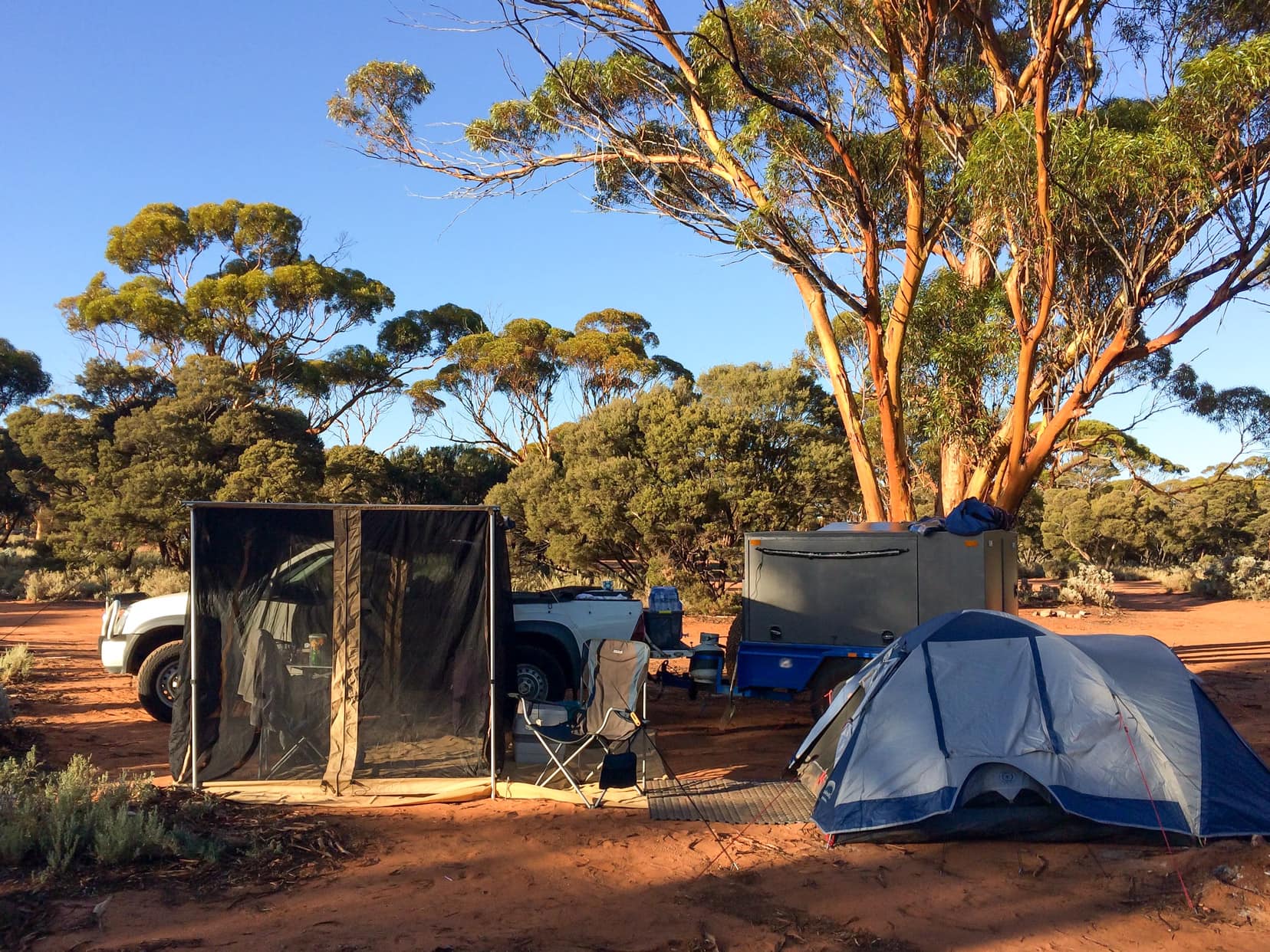
11. Road Trip Tips for a Safe Drive
Some timely reminders which should come as no surprise to us drivers:
- Don’t drive tired: Avoid fatigue by taking regular driving breaks, sipping water and eating healthy snacks. All these will help with road alertness.
- There’s no hurry: Enjoy the experience. Be patient on the road and let those who want to overtake do so.
- Countries have different road rules: Remember that when you cross borders, rules change. This also goes for road signs, and you may find yourself driving on a different side of the road than what you are used to. A bit of pre-arrival homework on road rules will help to keep you out of trouble.
- Share the driving: That way, you can all benefit from time away from the wheel. If travelling with a friend or partner, let them navigate and talk you through the directions, allowing you to focus solely on driving.
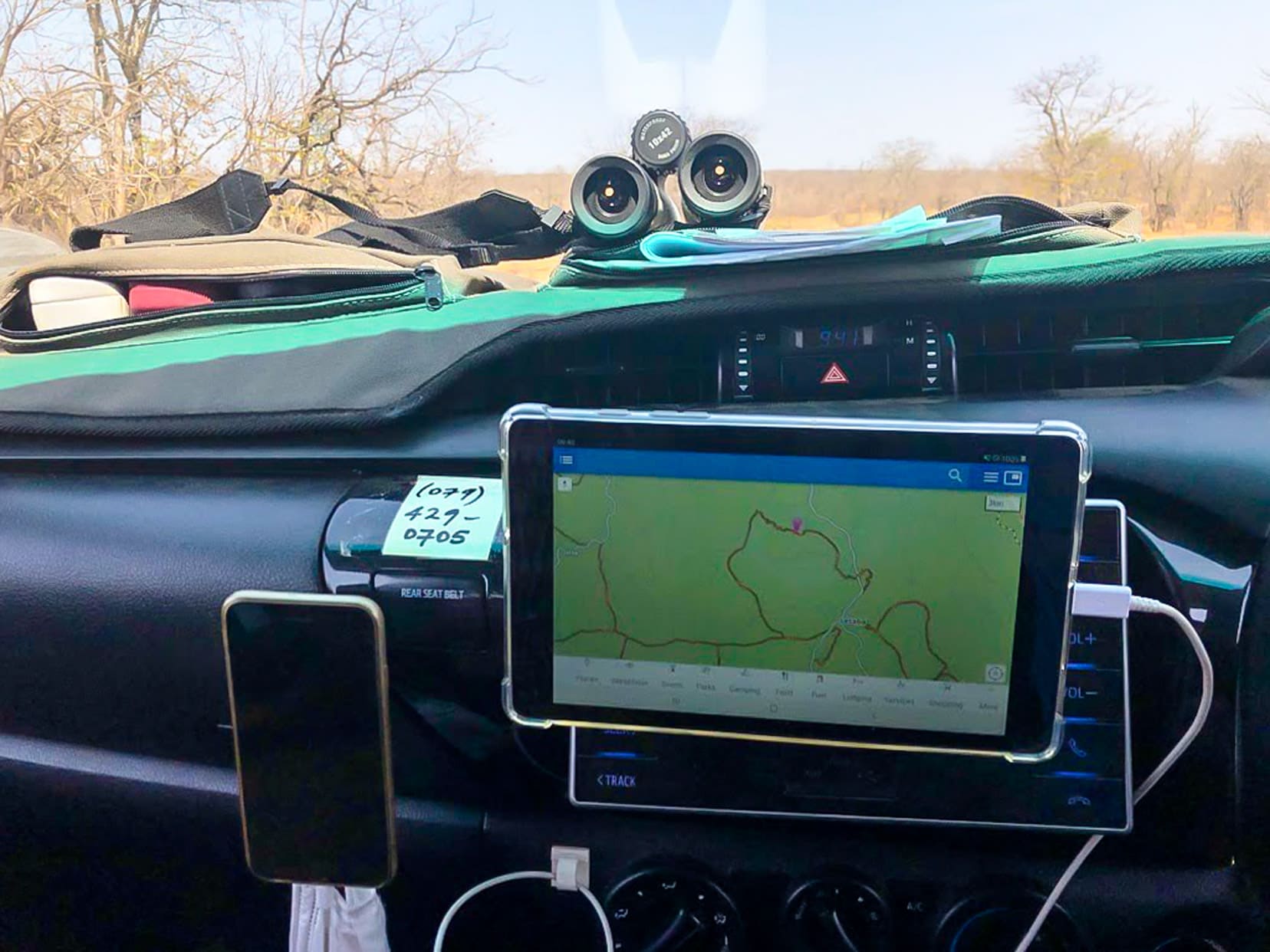
12. How to Prepare Your Body for a Long Road Trip
- Get a Good Night’s Sleep: Start your journey well-rested to ensure safety.
- Eat Well Before Departing: A hearty meal prepares you for the day.
- Take Regular Breaks: Step out of the vehicle to stretch and refresh your muscles.
- Rest Your Eyes: Frequent breaks also give your eyes much-needed rest.
- Stay Hydrated: Keep water handy to sip throughout the trip, helping to prevent headaches and fatigue.
13. How to Road Trip with Kids – Avoid the Dreaded ‘I’m Bored’
Keeping kids entertained on long drives is crucial to a harmonious road trip. Here are some ways to keep the monotony at bay:
- Engaging Road Trip Games: Have various fun games ready to play. This keeps the kids entertained and the atmosphere lively.
- Explore the World of Geocaching: Turn your road trip into a treasure hunt with geocaching. It’s a fun and interactive way to explore new places.
- Travel Games: Don’t forget to pack some travel-friendly games. We’ve found these to be lifesavers during our road trips.
Click here for a comprehensive list of the best travel games.
Remember, the key is to break up the journey with fun and engaging activities, ensuring everyone has a great time on the road.

14. How to Plan a Long-Distance Road Trip
Congratulations on making it this far in our comprehensive road trip guide!
Whether you’re planning a single-day adventure or a multi-day journey, the principles we’ve discussed apply universally.
Here’s a quick recap:
- Set realistic goals and plan your route.
- Choose the right vehicle.
- Balance travel and rest.
- Plan overnight stops thoughtfully.
- Be prepared for the unexpected.
For long-distance trips, remember to factor in rest days and explore local cultures and cuisines along the way. Every long journey is an opportunity to immerse yourself in new experiences and create lasting memories.
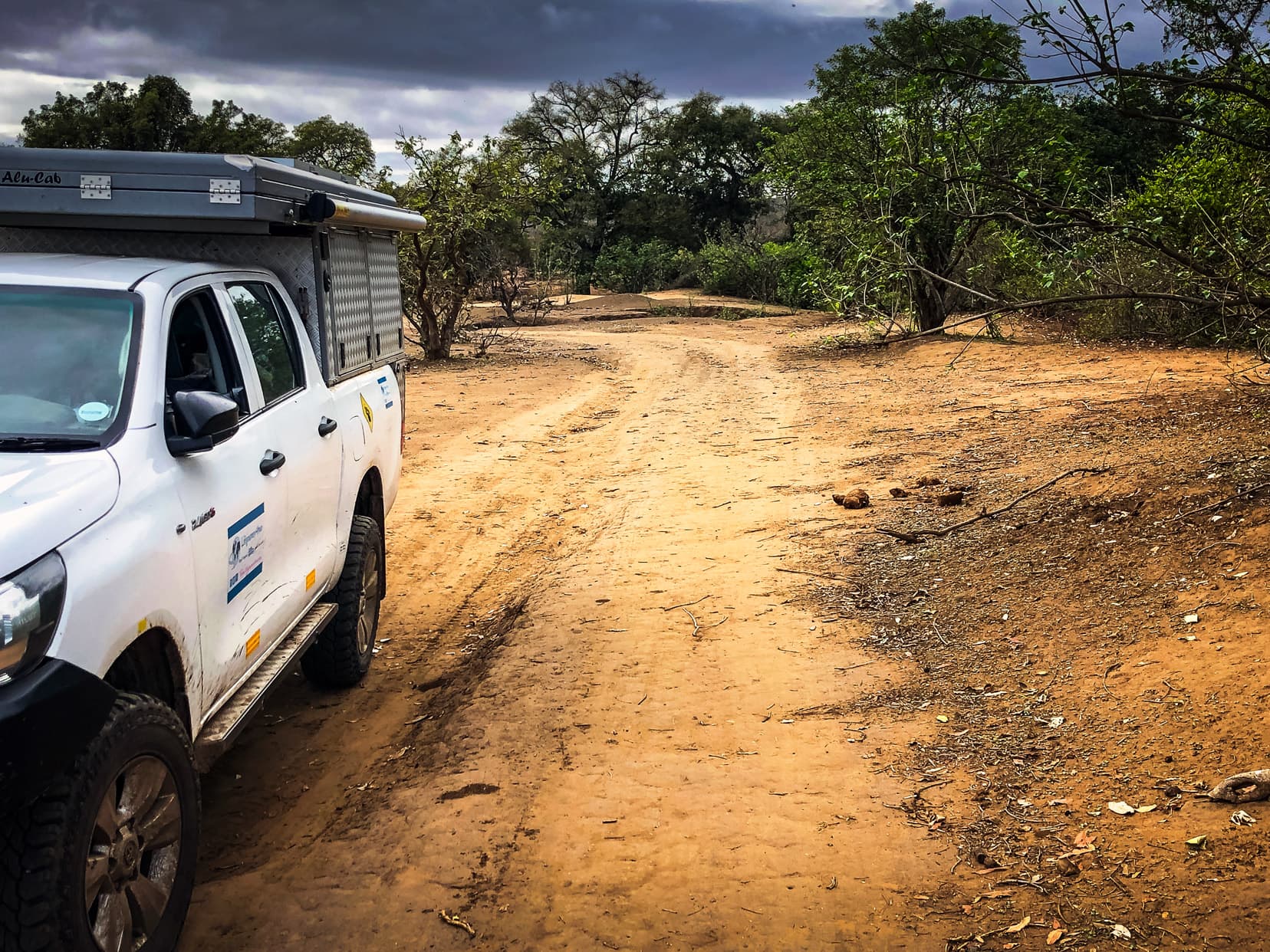
15. How Hard is it to Plan a Road Trip?
Planning a road trip can seem daunting at first, but with each trip, you’ll find it more intuitive.
While it does require time and attention to detail, the process is far from difficult. In fact, it’s an exciting part of the adventure. Each trip you plan builds your skills and confidence, making future planning smoother and more enjoyable.
By incorporating the steps outlined in this guide, you’re setting yourself up for success. Remember, a well-planned road trip opens the door to incredible experiences and memories that last a lifetime.
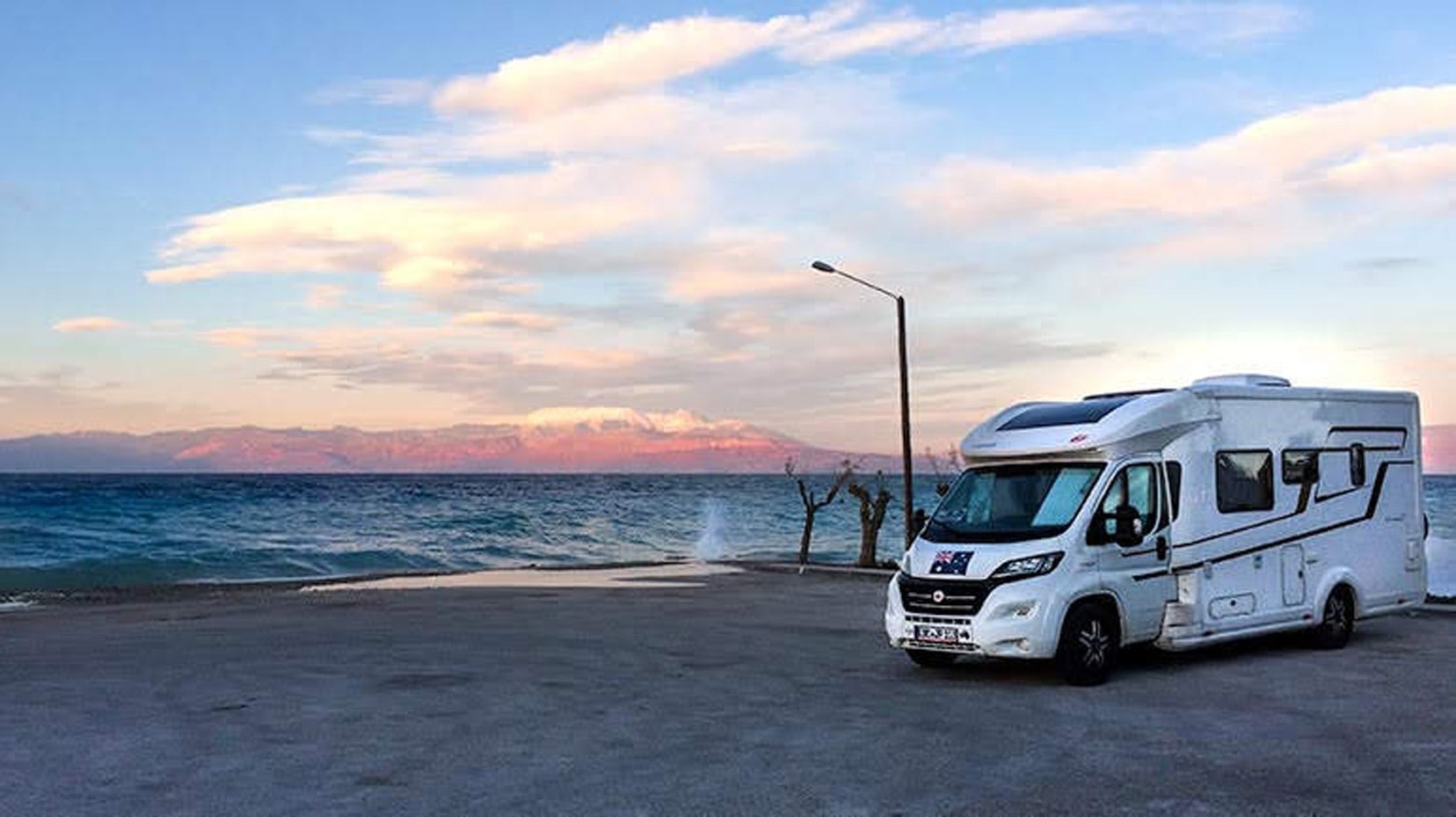
16. Road Trip Vehicle Preparation
Whatever type of vehicle you are driving on your road trip, these practical preparation tips apply.
1. Check Tyre Condition and Pressures
There is a minimum accepted safe tyre tread depth, roughly equivalent to the height of a match head or approximately 1.6mm.
Maximum inflation pressure values are indicated on the tyre and near the rim. The pressure value is represented in kilopascals (kPa) and pounds per square inch (psi).
If you prefer to think of pressure in bars, multiply the PSI value x 0.069. For an accurate tyre pressure reading, test the air pressure before the start of a drive and when the tyres are cold.
A pressure check roughly every 2 weeks is good practice. Just remember to replace the valve caps you took off, and don’t forget to check the spare tyre (if you have one).
2. Check the Operation of the Car Jack
Every vehicle has specific reinforced load points for the jack placement on the chassis. These locations are found behind the front tyres and forward of the back tyres, but specific positions are included in the vehicle handbook.

3. Breakdown and Vehicle Insurance
You may consider including breakdown insurance with vehicle insurance for your vehicle. Different add-on options can be included in an insurance policy that takes effect in a breakdown situation.
Some of these insurance ‘extras’ could be access to a hire car, breakdown towing and overnight accommodation.
Additionally, you can look at breakdown cover through dedicated agencies such as RAC and AA.
4. Vehicle Mechanical Condition
It may be prudent to drop your car into a qualified mechanic for a pre-trip check-up. If you’re savvy with vehicle operation, carry out your pre-departure checks.
These are some basic checks that can be carried out:
- Check the level of engine oil via the dipstick
- Brake and wiper fluid level
- Visual check for signs of wear on the rubber belts
- Check that these same rubber belts are tensioned with just a little give when you push down on them
- Look for signs of fluid leaks in the engine bay
- Lightly squeeze any rubber hoses to confirm the elasticity
- Check radiator fluid level, but only when the engine is cold
- Check indicators and driving lights are operational
- Visual check that the vehicle is not leaning one way, indicating a possible faulty shock absorber
- Ensure the windscreen and driving mirrors are clean and positioned for good viewing.
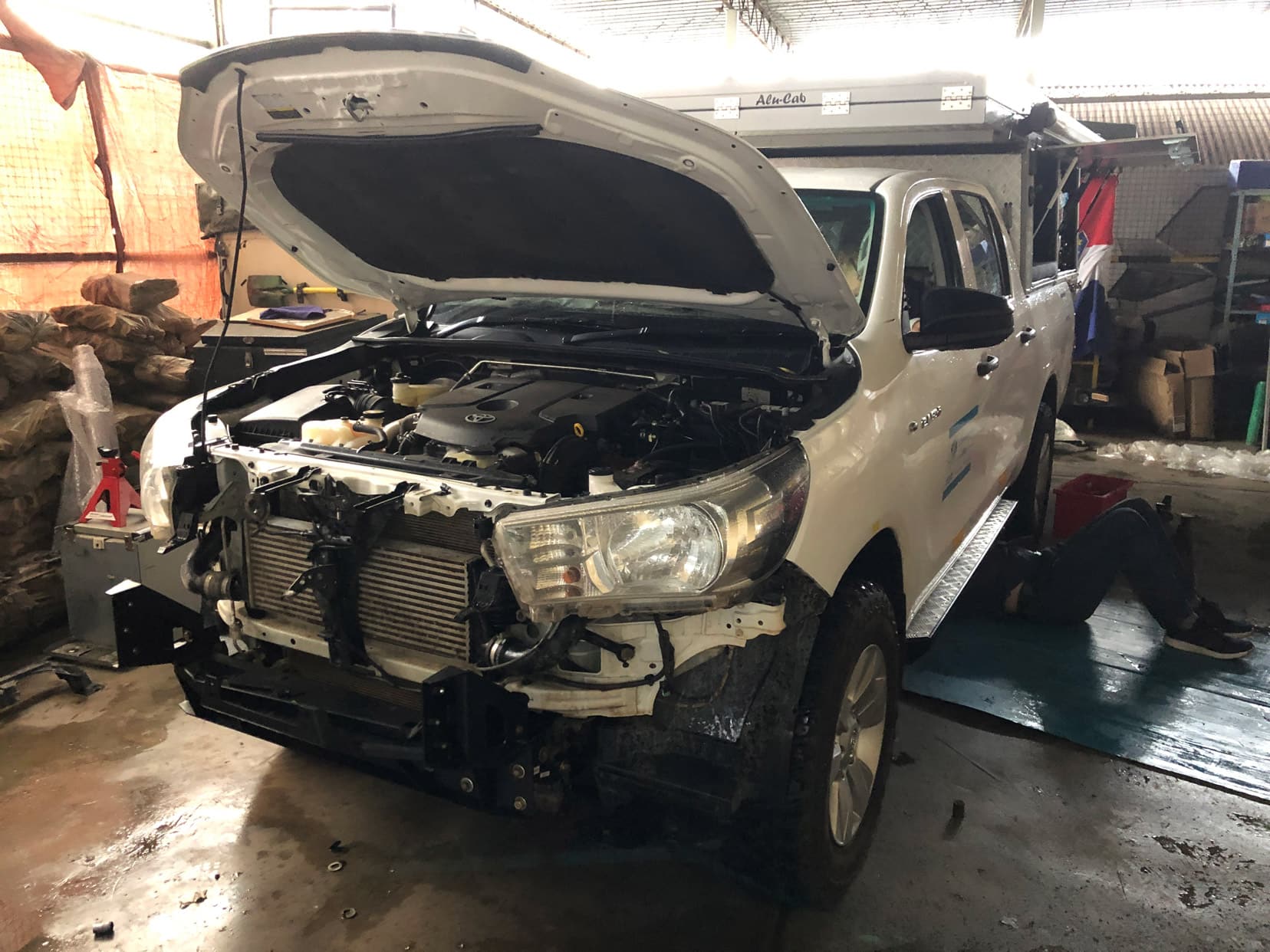
5. GPS Stand-Alone Units for Route Navigation
Many different manufacturers (such as Garmin or TomTom) offer 12V GPS devices that plug into the cigarette socket in your car and are often suction cupped to the windscreen.
Some devices allow memory cards to be used in the unit, allowing access to additional information, including navigation maps and routes.
6. Spare Car Key
Having a spare car key can be a lifesaver on a road trip. Consider these options:
- Hidden Storage in Vehicle: There are specially designed magnetic keycases that can securely attach to the underside of your car. It’s a convenient way to store a spare key but ensure it’s well-hidden and secure.
- Trusted Companion: Give them the spare key if you travel with a companion. It’s a simple yet effective way to ensure access to your vehicle in case of key loss.
- Emergency Services: Know the contact details of local automotive locksmiths or emergency services in the areas you’ll be travelling. In a pinch, they can help you access your vehicle.
17. Planning a Road Trip by 4WD: Off-Road Driving
For our overlanding Africa adventures, we opted to buy (and not rent) our South African registered 4WD bush camper, a 2016 Toyota Hilux.
It was a lot more of a cost-effective option for our intended long-term overlanding Africa travel.
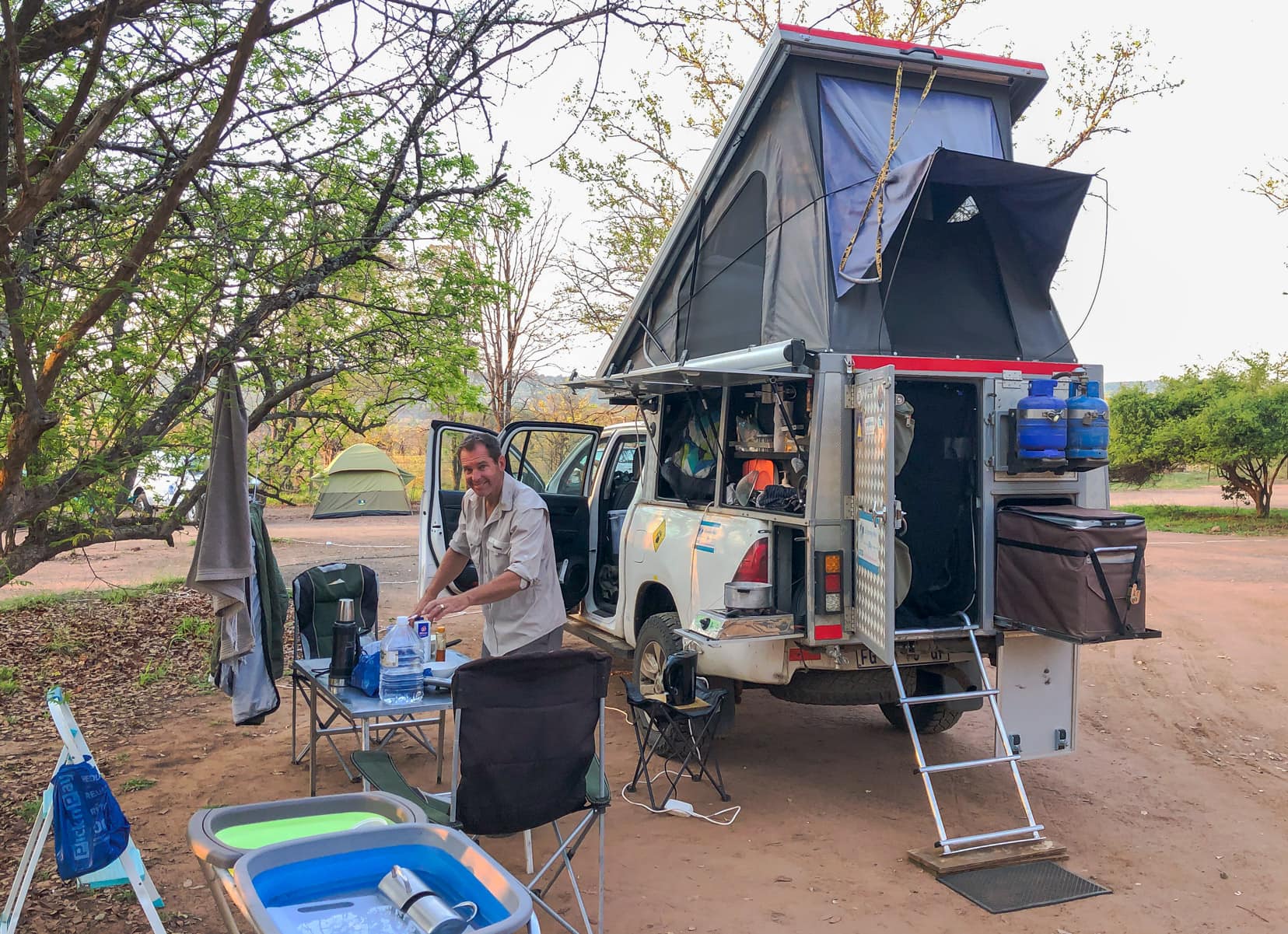
Being an ex-Safari hire vehicle, our bush camper came pre-fitted with all we needed for off-grid travel, including a pop-up tent.
All vehicles need their fair share of pre-road trip preparation, and 4wds especially so.
Here’s our 4WD Pre-trip Checklist:
1. Mobile and Satellite Network
Without a mobile network, phone communications are impossible unless you travel with a satellite phone. Quite a few satellite networks and providers are available with differently priced plans. Depending on how remote your travel is and what risks you might be exposed to, a satellite phone does give you peace of mind.
Better to have the phone and not need to use it than the other way around.
This is the right time to mention that you may find certain mobile phone apps do not open because the latest version of the app has not been downloaded.

2. Water
If you’re going completely off-grid, you’ll need to calculate the expected water consumption per day per person and compare it with the total water storage you expect to carry.
3. Gas
Portable gas bottles used for cooking need storage in a safe, vertical position and ideally are sited externally on the vehicle. We have two gas bottles on stands at the rear of the vehicle.
4. Refrigeration
Refrigeration for perishables. Consider how you intend to keep food at safe storage temperatures. Our Hilux has a single 40-litre fridge/freezer, and even though it is compartmentalised into fridge and freezer sections, we found that temperatures were too high or too low. Therefore, we use it solely as a refrigerator, which is fine for milk and fresh produce.
Some 4WDs are kitted out with two units, one operating as a fridge and the other as a freezer.
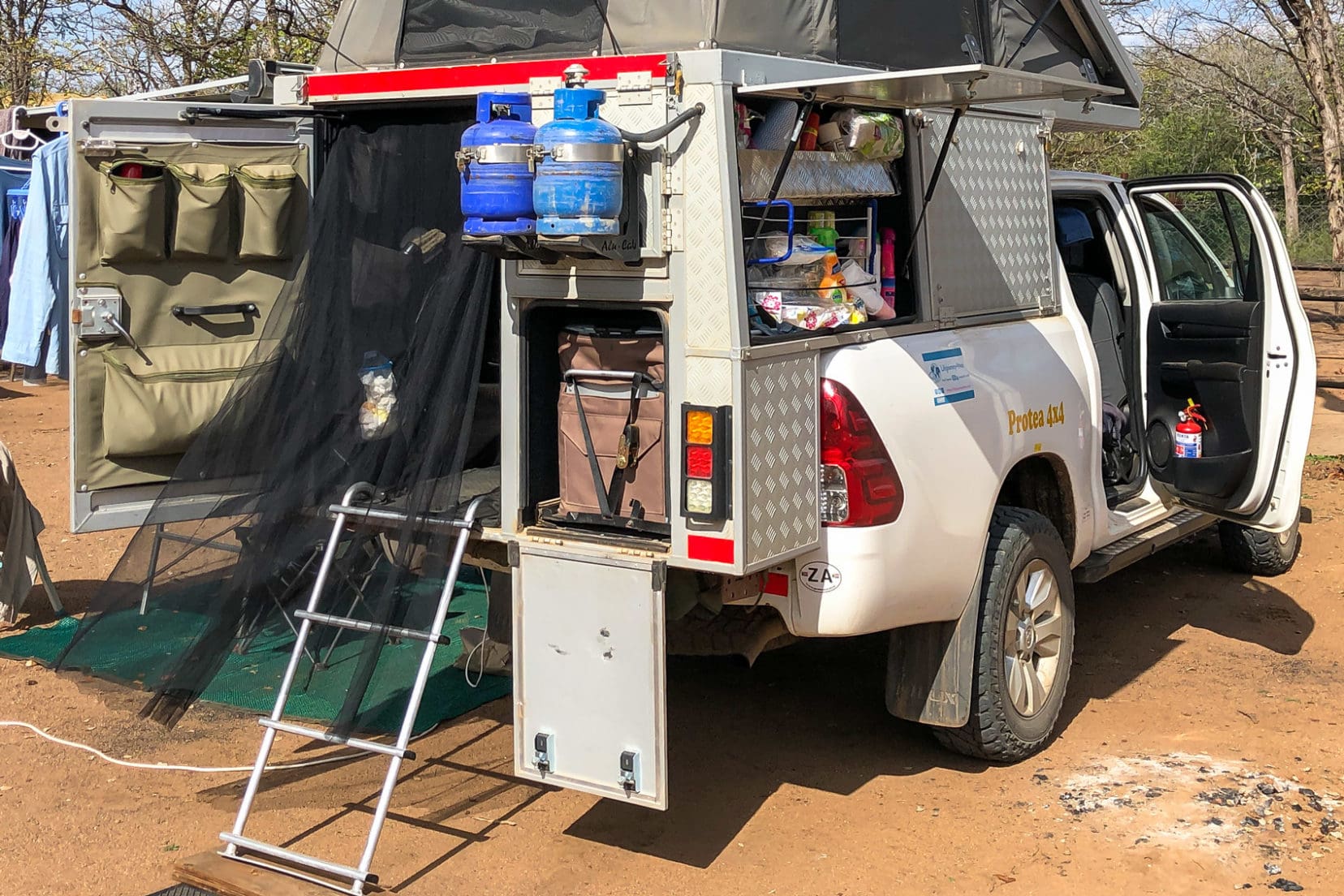
5. Fuel and Fuel Quality
Fuel consumption is much higher when driving with 4WD engaged compared to 2WD. Long-range fuel tanks are the way to go. It may be the case, however, that you decide to purchase portable fuel storage containers. The jury determines whether metal or plastic fuel containers are better.
The next question to ponder is where to store them. If overhead, then do not exceed the vehicle’s roof load limit.
As with any overhead load, this requires proper securing and regular checking, as straps work loose. Lucky for us, our Hilux came with integrated long-range fuel tanks.
I was concerned with fuel quality and installed a secondary fuel filter. It does require regular ongoing filter replacement, though.
Still, I accept the cost of this over being stuck somewhere remote with the engine unwilling to start because of water and other impurities in the fuel.
If you’re after a cheaper option, look for inexpensive portable fuel filters that temporarily sit into the fuel filler pipe just before filling. The fuel from the nozzle flows into the filter and then to the tank.
6. Air Filter
Your engine needs both good quality and quantity of air to operate properly. After a dusty drive, remove your air filter and shake it to remove debris. Carrying a spare filter is a necessity.
7. Tyre Pressure and Monitoring Tyre Pressure
Reducing air pressure in the tyres allows for better passage over different terrains. At some point, you’ll need to increase the tyre air pressure, and this is where a 12V air compressor that connects to the car battery does the trick.
Air compressors with good volume output will allow faster inflation of your tyres.
I installed a wireless air tyre pressure monitor on each tyre to simultaneously monitor all four tyre air pressures. These monitors continually feed real-time air pressure and temperature information to a digital display in the cab.
Knowing that I can read tyre pressures directly gives me great peace of mind.
For me, this is a much better option than having to stop and check each tyre individually multiple times during the day.
8. Plan to be Bogged
What is your plan when the vehicle becomes bogged?
A couple of rigid recovery boards or traction mats are essential to place under tyres to increase traction and surface area for the tyre to grip.
Of course, your trusty shovel will get a good workout if you are bogged.
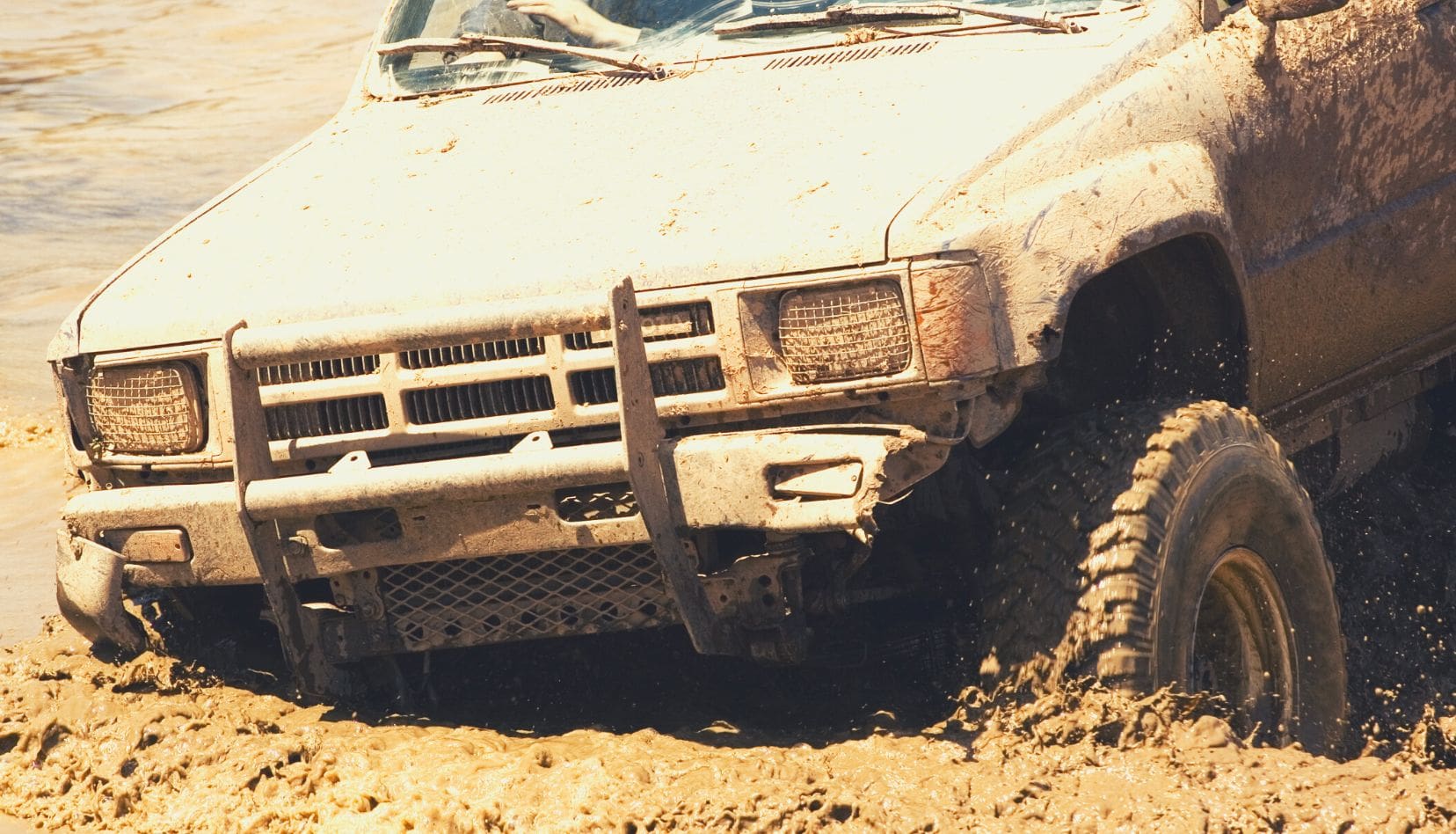
9. Sufficiently Load-Rated Vehicle Jack
Your 4WD will have been delivered from the factory with the appropriately load-rated jack. However, after you’ve loaded extra fuel, drinking water, camping gear and accessories plus all the food, the total vehicle weight may well exceed the capacity of the original vehicle jack.
You’ll need to do the math here to calculate the total weight of a fully-loaded vehicle. Consideration given to investing in a heavy-duty high lift jack may be one of the best purchases you make.
Used for tall vehicles, high lift jacks will extend vertically, way past what a bottle or scissor jack could, which is great for 4wds in general. High-lift jacks come in different sizes.
10. Toolkit
Carrying a selection of tools will allow you to re-tighten anything that comes loose during your road trip, plus carry out necessary maintenance. Other handy non-tooled items in my tool bag are:
- Tie wire,
- Heavy-duty duct tape,
- Hose clips,
- Tie-wraps,
- General purpose grease,
- Silicon sealant, and
- Various fuses
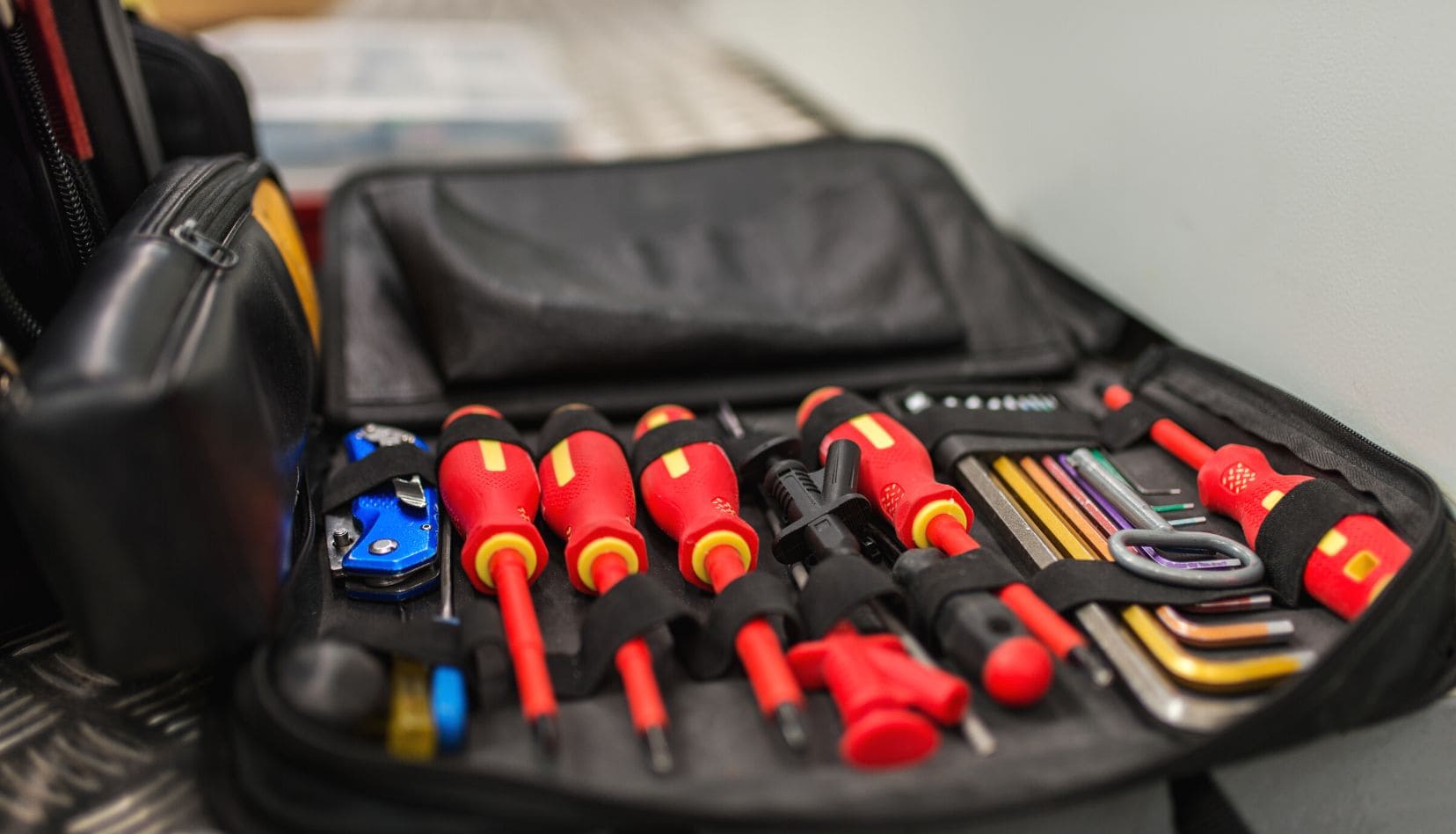
11. Vehicle Spare Parts
You are going to need spare parts. Here are our most notable spares:
- 2 spare tyres,
- Tyre plug kit,
- Spare coolant hoses,
- Spare drive belts,
- Extra fuel filters,
- Engine oil,
- Brake fluid, and
- Radiator leak sealant.
12. Residual Current Device (RCD)
An RCD is a safety device that rapidly interrupts the current flow and shunts the current to the ground. Look for electrical extension cables fitted with an RCD, as they can protect your life and equipment.
Extension leads often have an RCD test option using push buttons that allow you to intentionally trip the RCD to test its functionality.
13. Voltage Sensitive Relay (VSR)
If you plan to be off-grid with no mains power access, you might rely on a second 12V battery. You really should have a VSR (voltage-sensitive relay) installed.
The VSR device allows both batteries to charge while the engine runs but then isolates the two batteries when the engine is off.
This ensures that only the second battery draws power when the engine is off, ensuring the starting battery cannot be discharged. Some VSRs have an LED indicator indicating the unit’s operating status.
18. Planning a Road Trip by RV / Campervan / Motorhome
Our first big overseas road trip involved us hiring a motorhome for a year to travel Europe. We had the best time, and Europe left us with fond memories of some truly amazing sights.
Being first-time motorhomers, it was totally new to us, and we loved it. The whole idea of road-tripping and living out of a campervan was liberating.
We’ve shared comprehensive information in our Campervanning in Europe article, and check out this article if you are into handy campervan gadgets.
Part of what made this campervanning special was our ability to wild camp. If you’re unfamiliar with the terminology, wild camping is basically camping away from paid facilities.
Many countries legally approve of wild camping, but not all, so something you will need to check out for yourself.
Below are some important considerations for campervan preparation for a road trip.
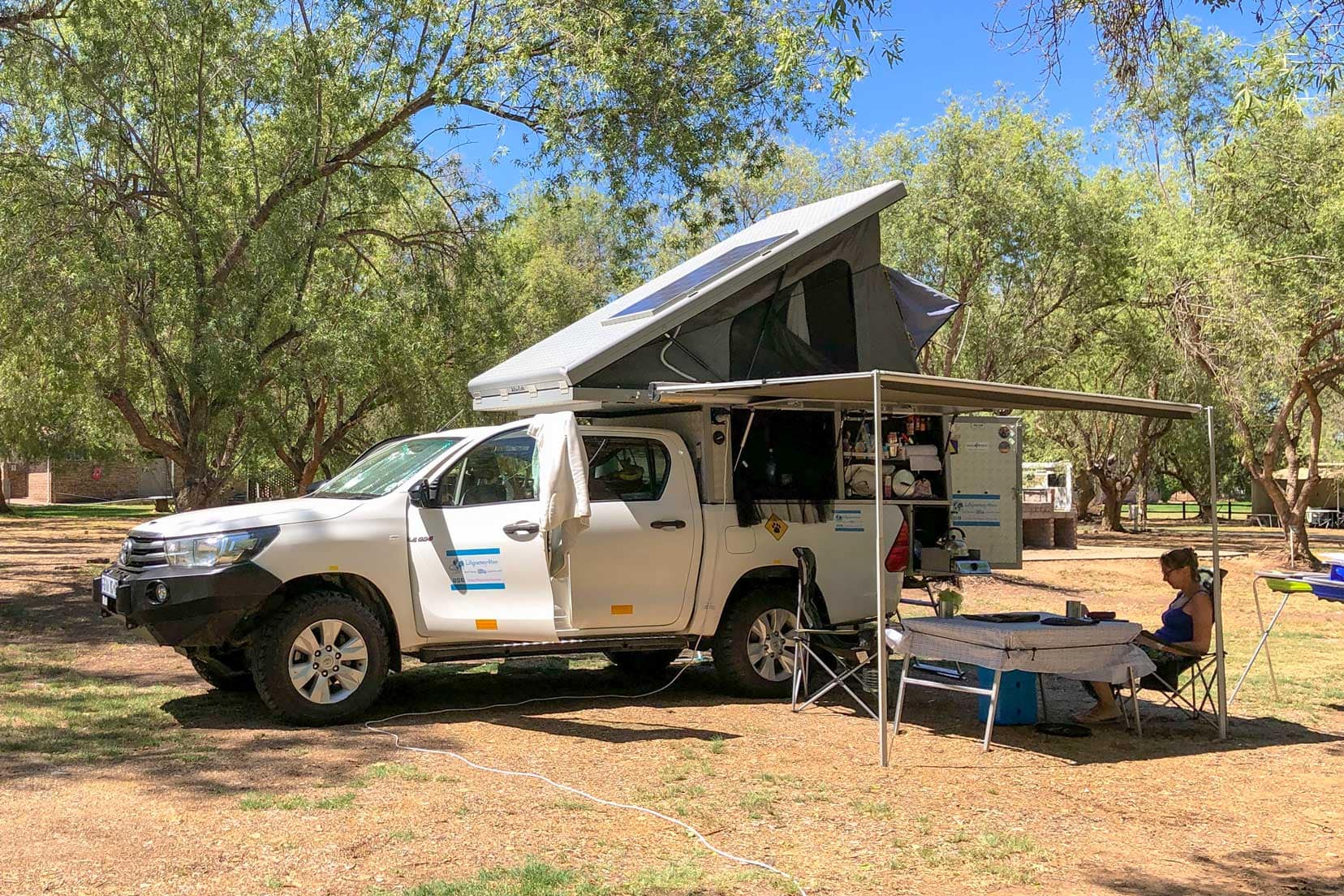
Planning Your Daily Travel Route
Preparing your intended travel route in advance is something we learned early on. Manoeuvring and parking an 8-metre-long motorhome within congested city limits was unnecessarily stressful.
Instead, We opted to park in the suburbs and use public transport or our bicycles to ride into the city centre. This kept it fuss-free.
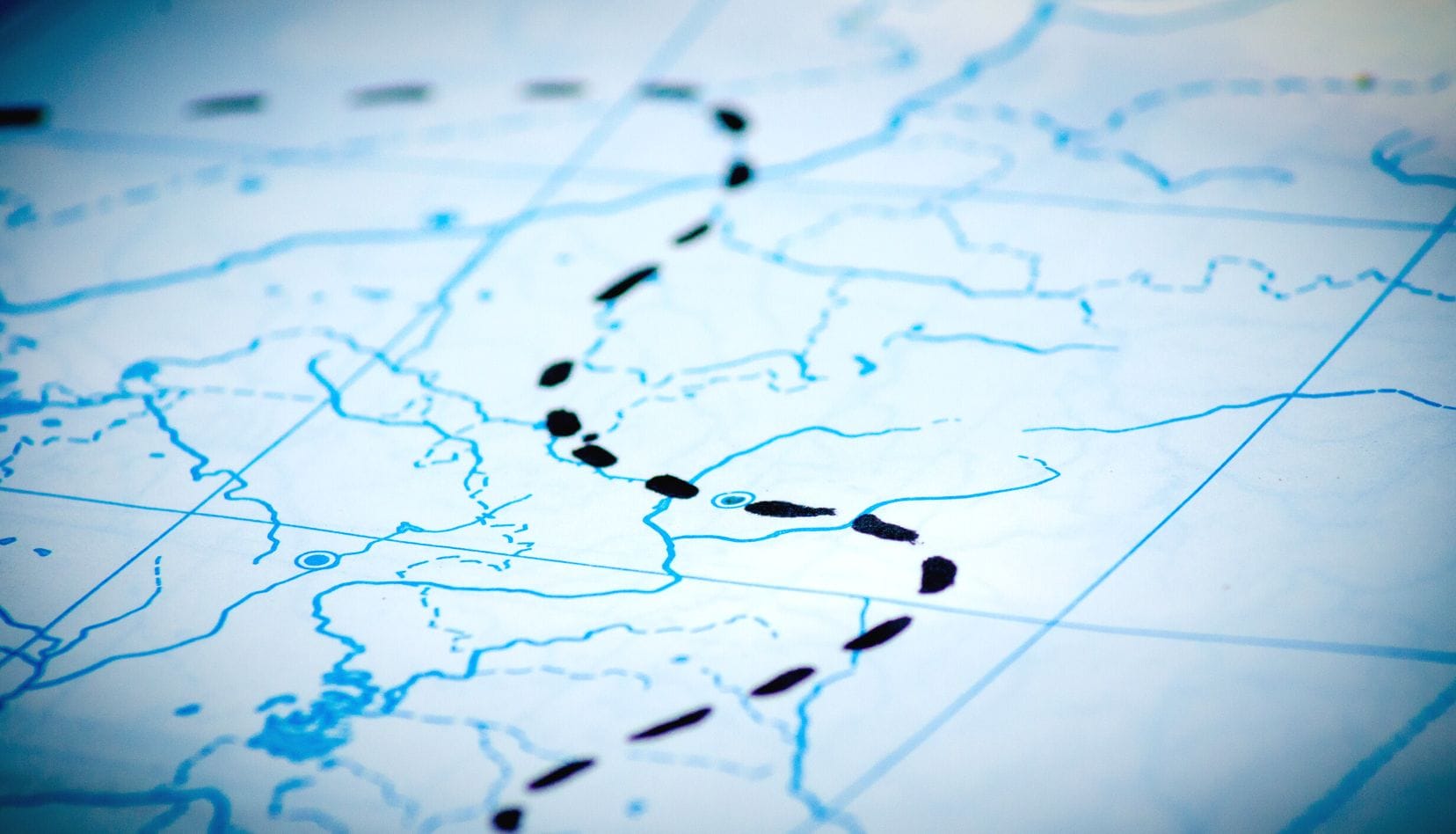
Use Sink and Drain Plugs
Driving stirs up the liquid in the grey water tank, causing some pretty evil smells to rise via the drain pipes into the campervan accommodation spaces. You certainly don’t need that.
Before each drive, we squirted a thick anti-septic fluid down the sink, which helped to coat the drain pipes and prevent the smell.
Secure, Secure, Secure
Anything that tends to rattle or is loose needs to be secured. Otherwise, it will be the next thing to break.
We found these methods worked best for us:
- Placing paper towels between each plate,
- Closing cupboard doors on a wedge of paper
- Tightly closing all roof air vents
- Use rubber anti-slip matting.
Hot Water
An LPG water heating system is required to provide hot water for a shower in a motorhome.
Depending on the countries you travel to, sourcing replacement gas bottles or re-filling existing gas bottles can be challenging. This is due to the different connections between the gas bottle and the charging hose.
To get around this problem, we opted to buy a few different sizes of gas fitment connections to allow us to top up our two 11kg gas bottles in our hired motorhome.
Have an RCD (Residual Current Device) and VSR (Voltage Sensitive Relay)
Check out the RCD and VSR discussed above.
How to Plan a Road Trip – That’s a Wrap
A road trip can be heaps of fun, and knowing how to plan one will go a long way toward ensuring you have a great time.
Whether you’re hitting the road in a car, camper or 4WD, reading this article will set you in good stead for your next road trip adventure.
Make sure you grab our free 23-page road trip planner by subscribing below

Pin and Save for Later
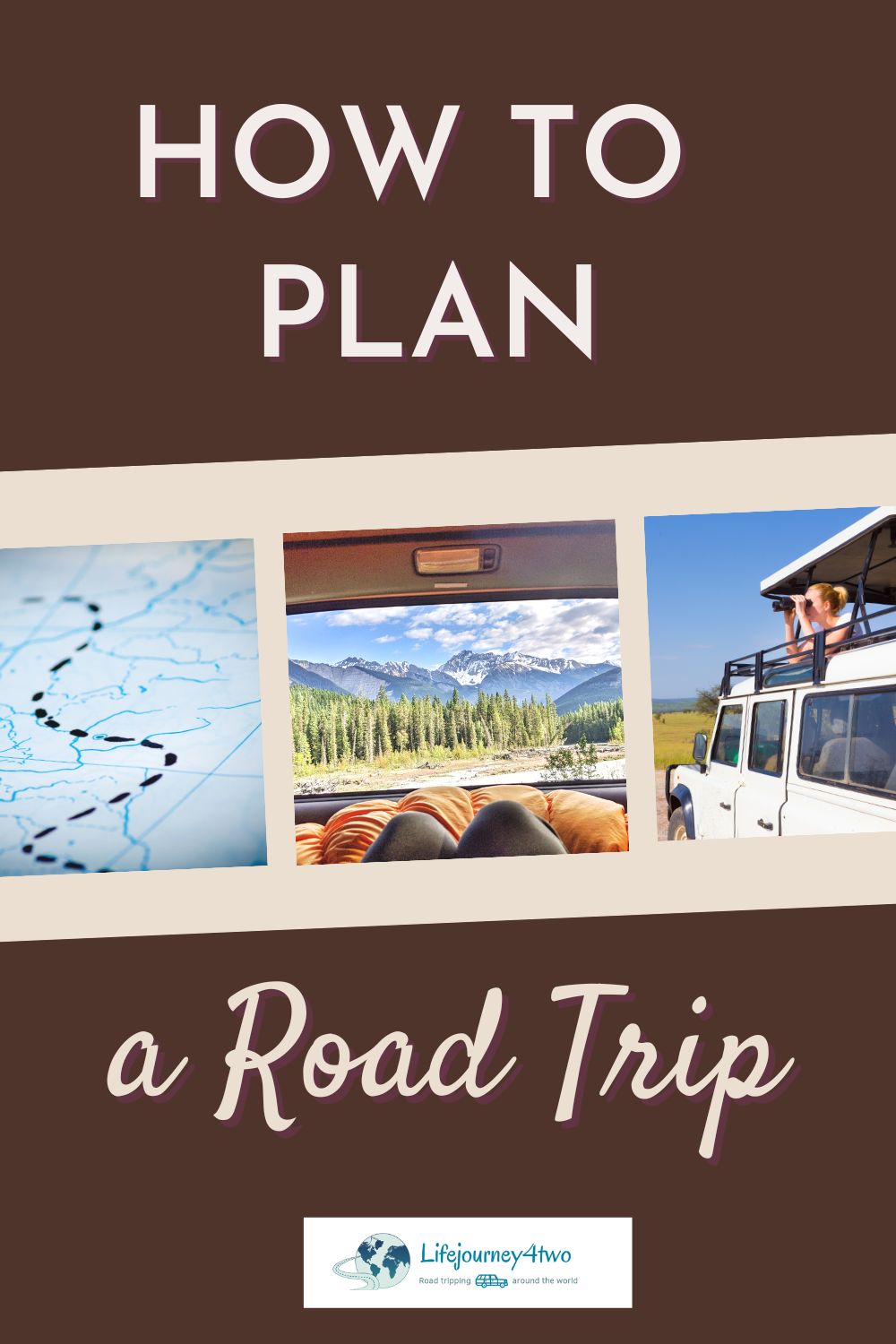
Read More:
Planning Your Travels?
These are the travel resources we recommend and use when planning our trips.
- 🚘 Car Hire: We use DiscoverCars.com
- Motorhome/Campervan Rental: We highly recommend the Motorhome Republic
- 🪪 Order your International Driver’s Licence online here
- 🛏 Book Accommodation: We use Booking.com to find accommodation that suits our budget
- 🐶 Pet Sitting/Pet Sitters: Check Out TrustedHousesitters here (Use our Discount code: LIFEJOURNEY25 for 25% off. )
- Activities and Experiences: Get Your Guide and Viator
- Travel Insurance: Safetywing or World Nomads
- 🥾 Travel Gear and Accessories: Check out our top picks here — Lifejourney4two page on Amazon
For a more thorough list, visit our Travel Resources page here.

